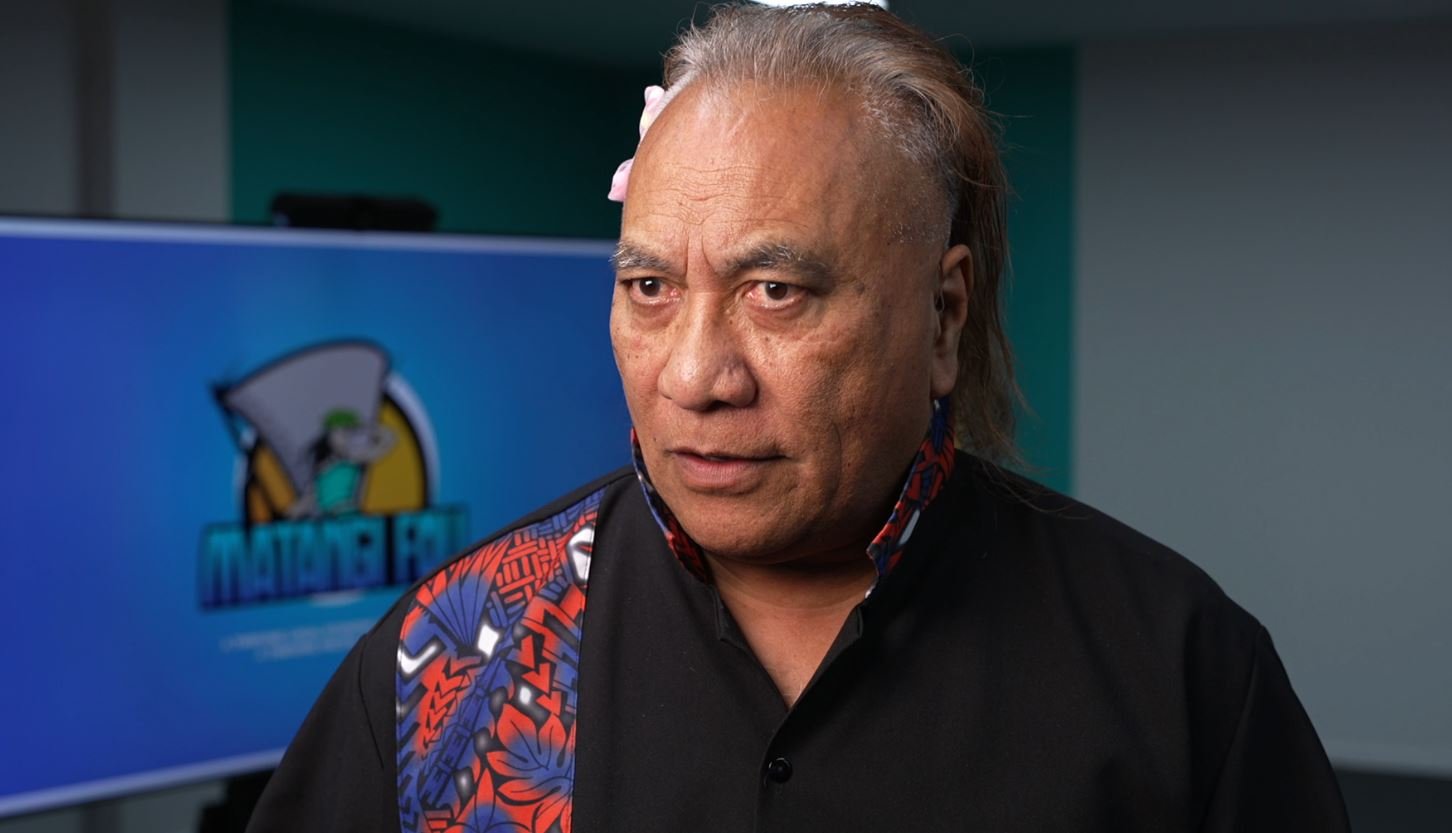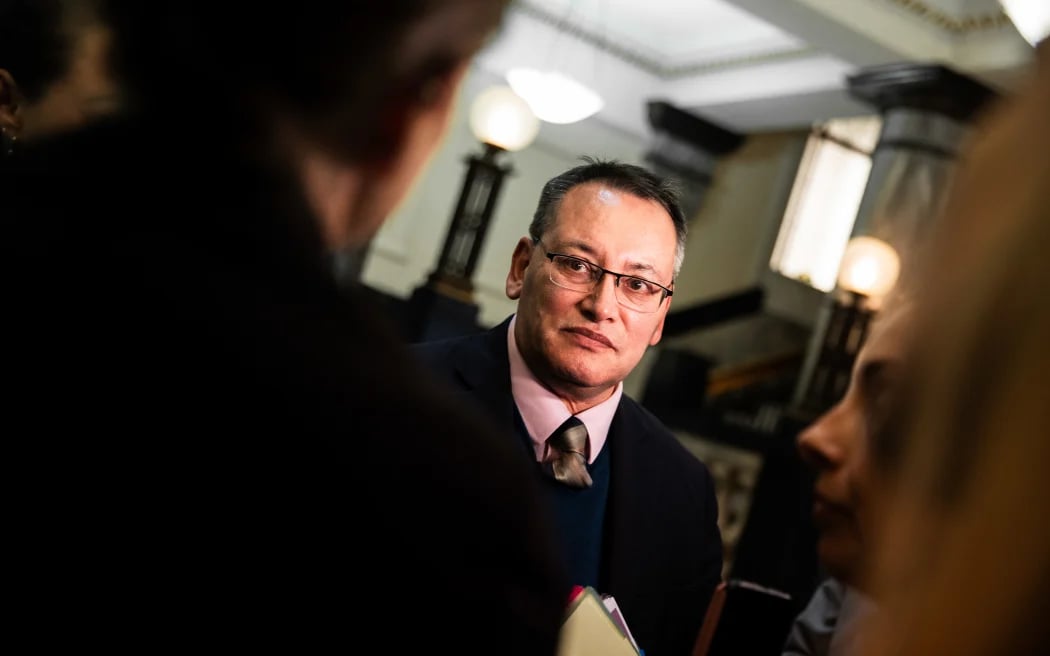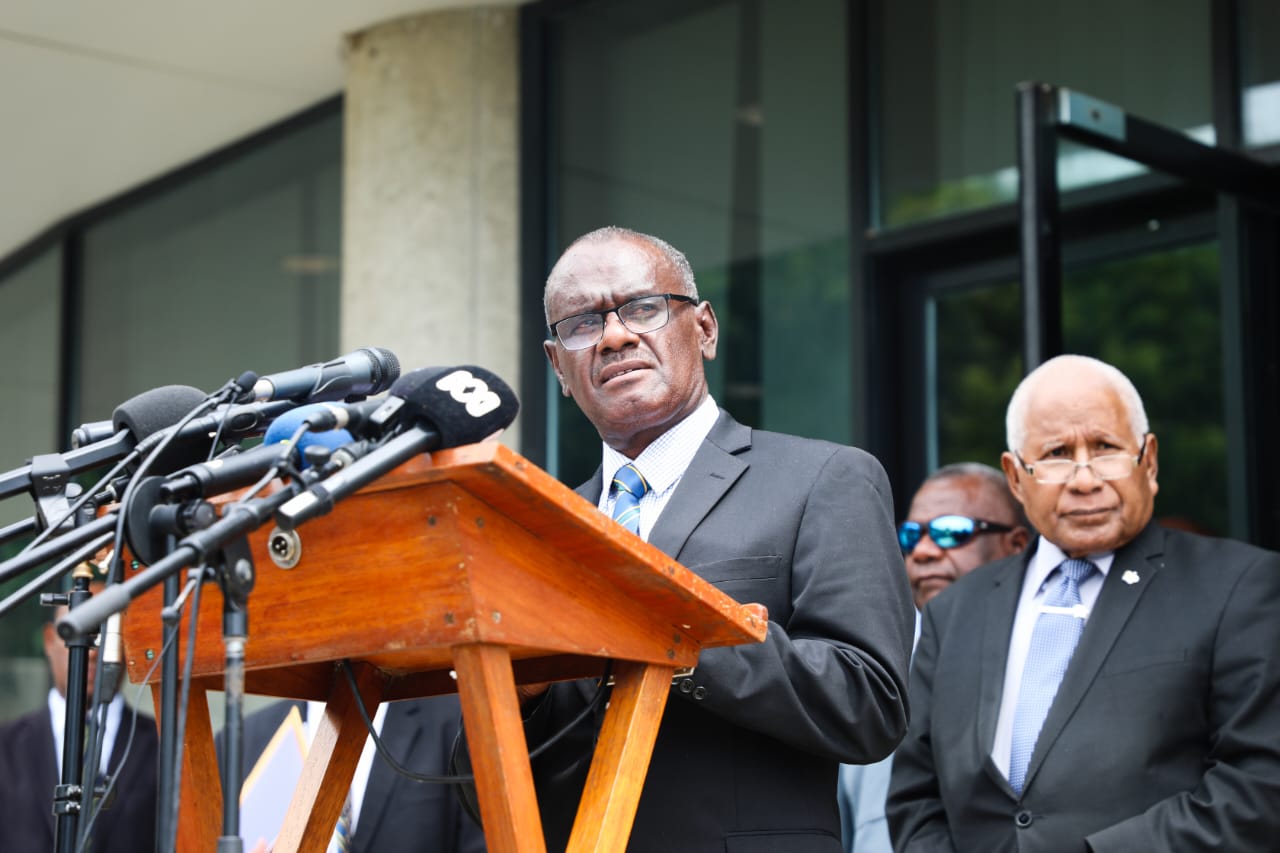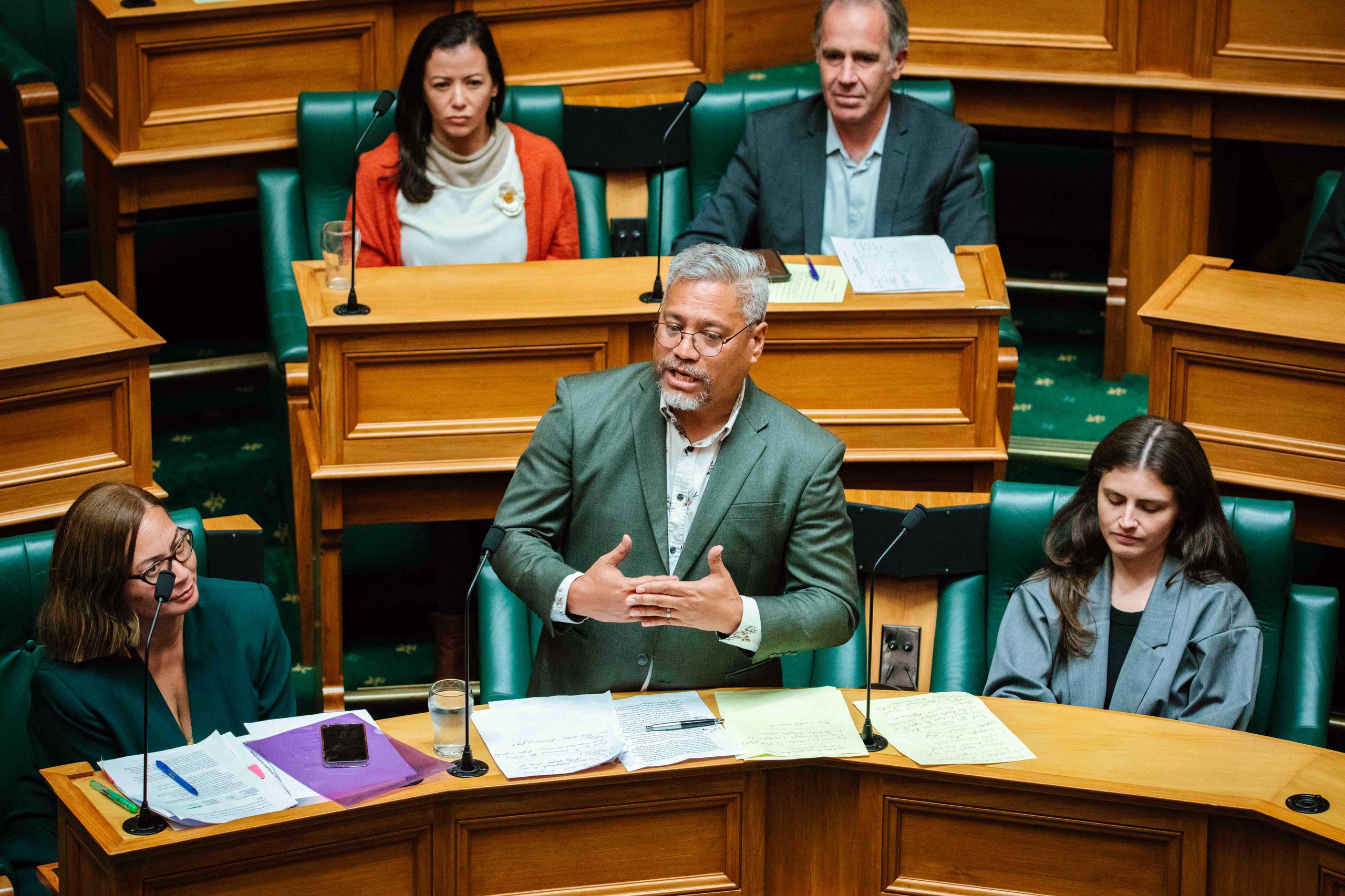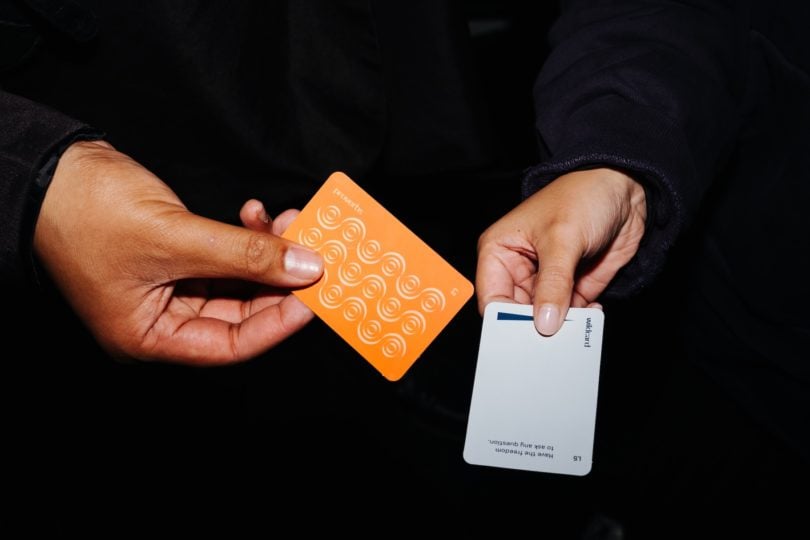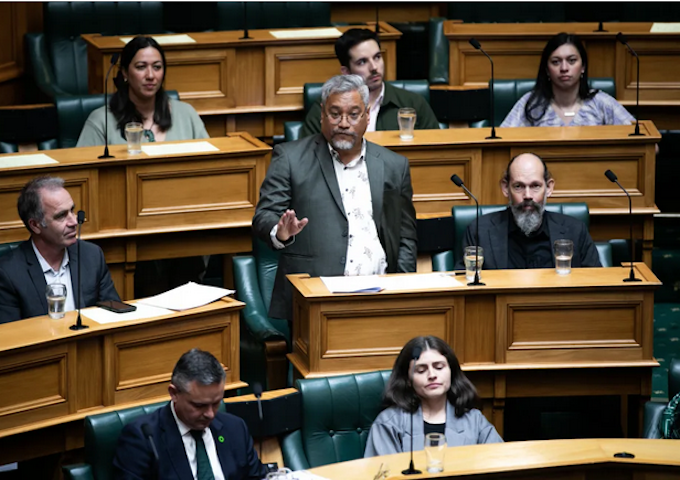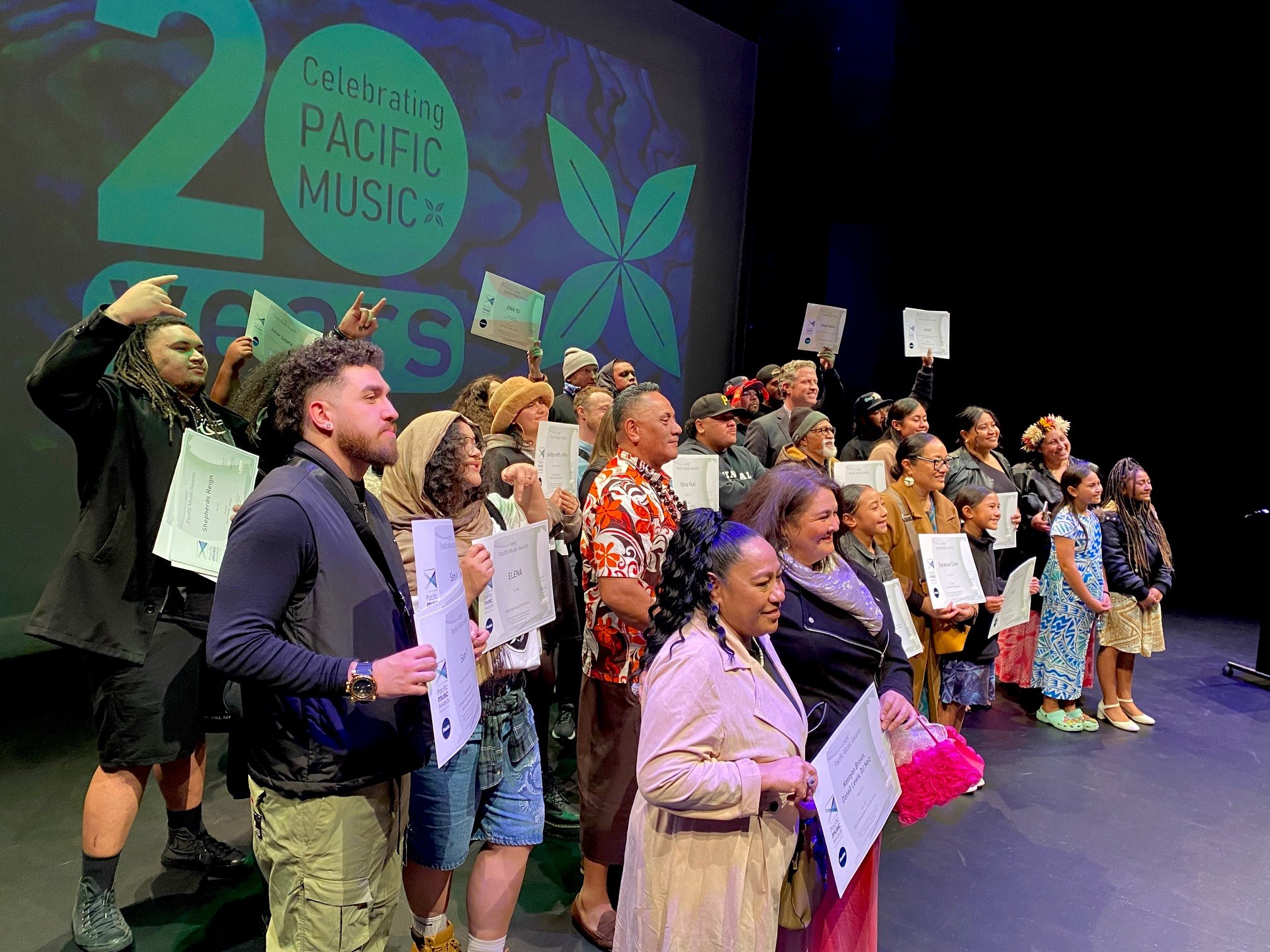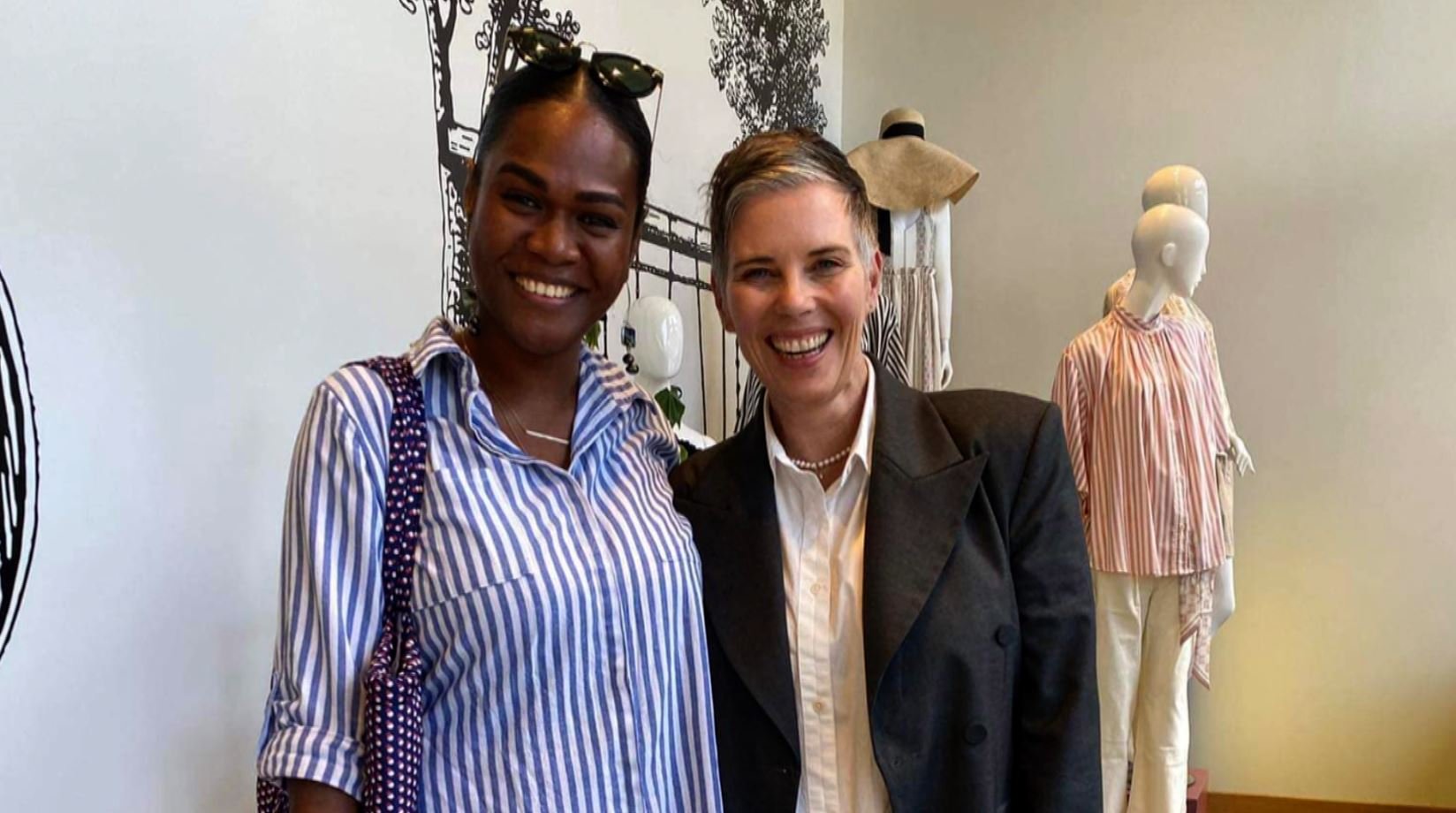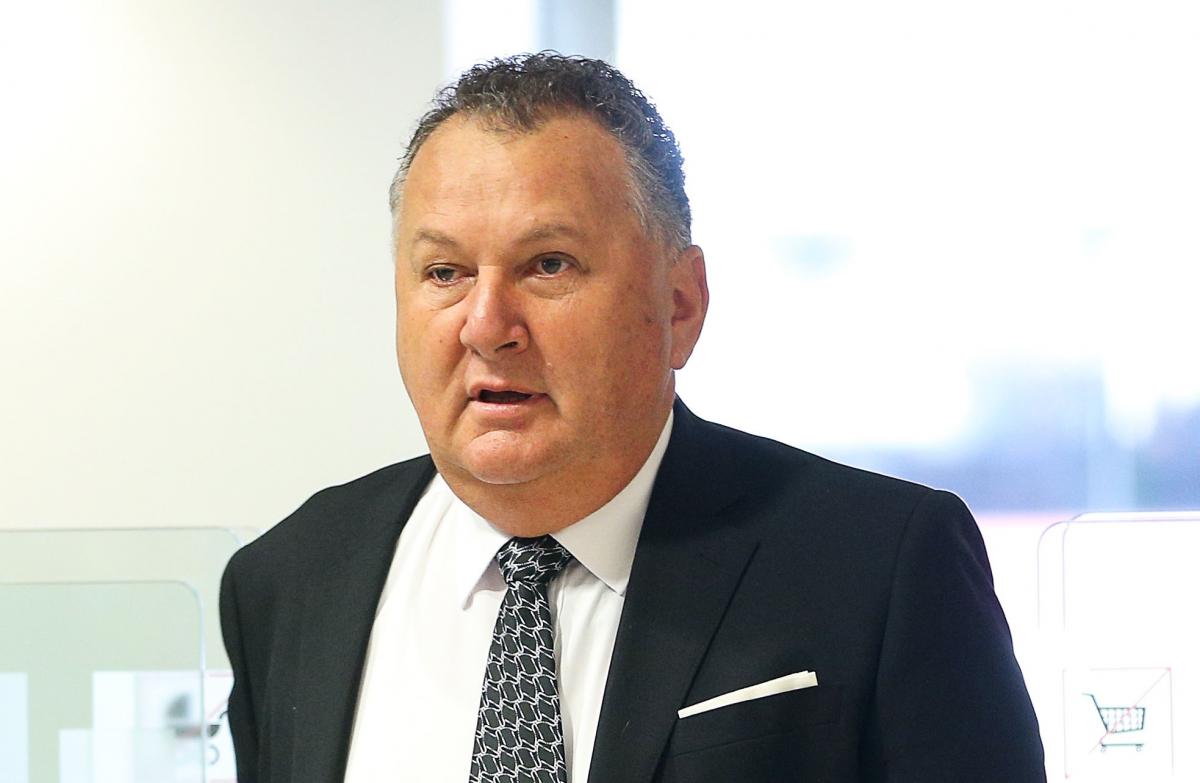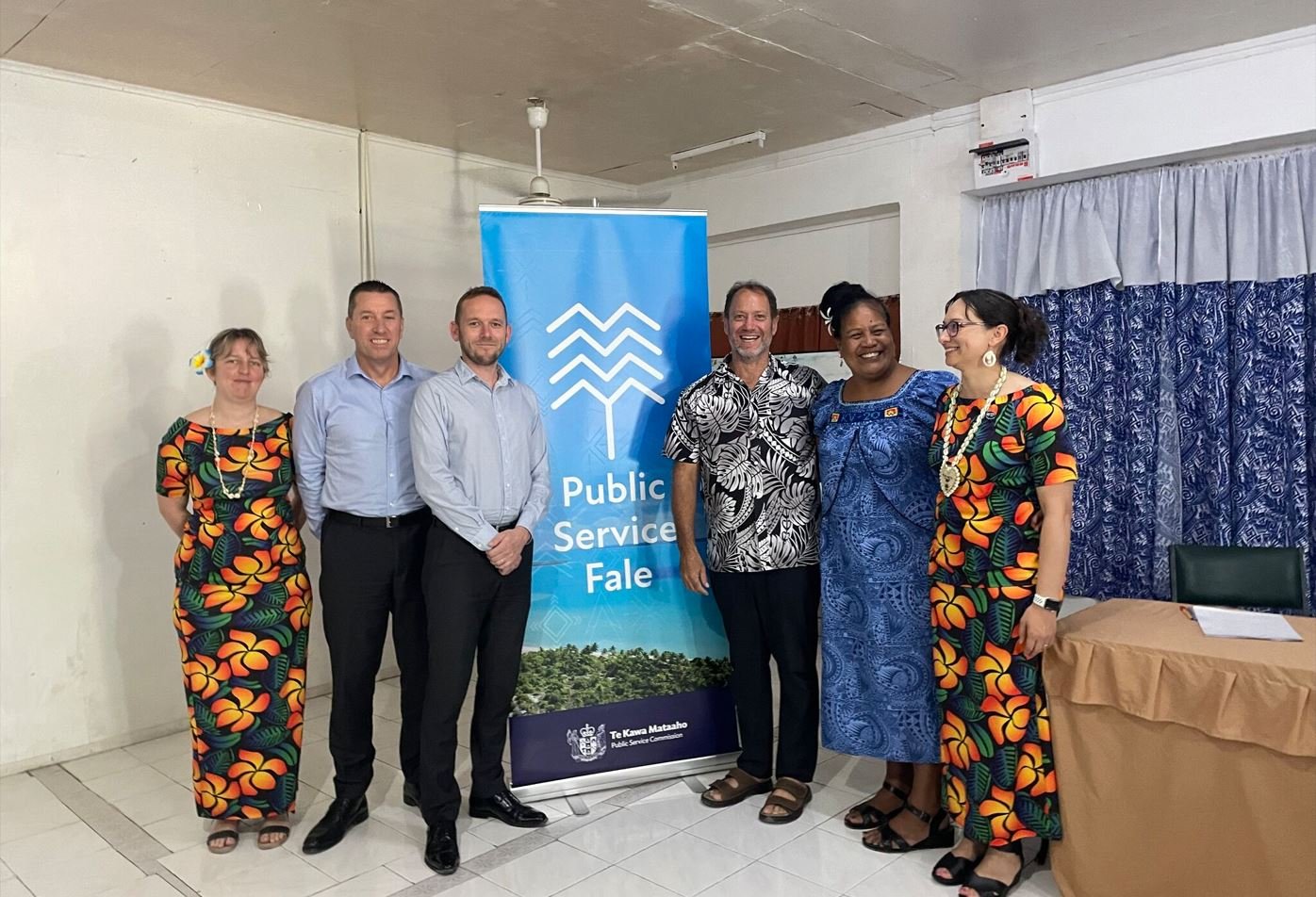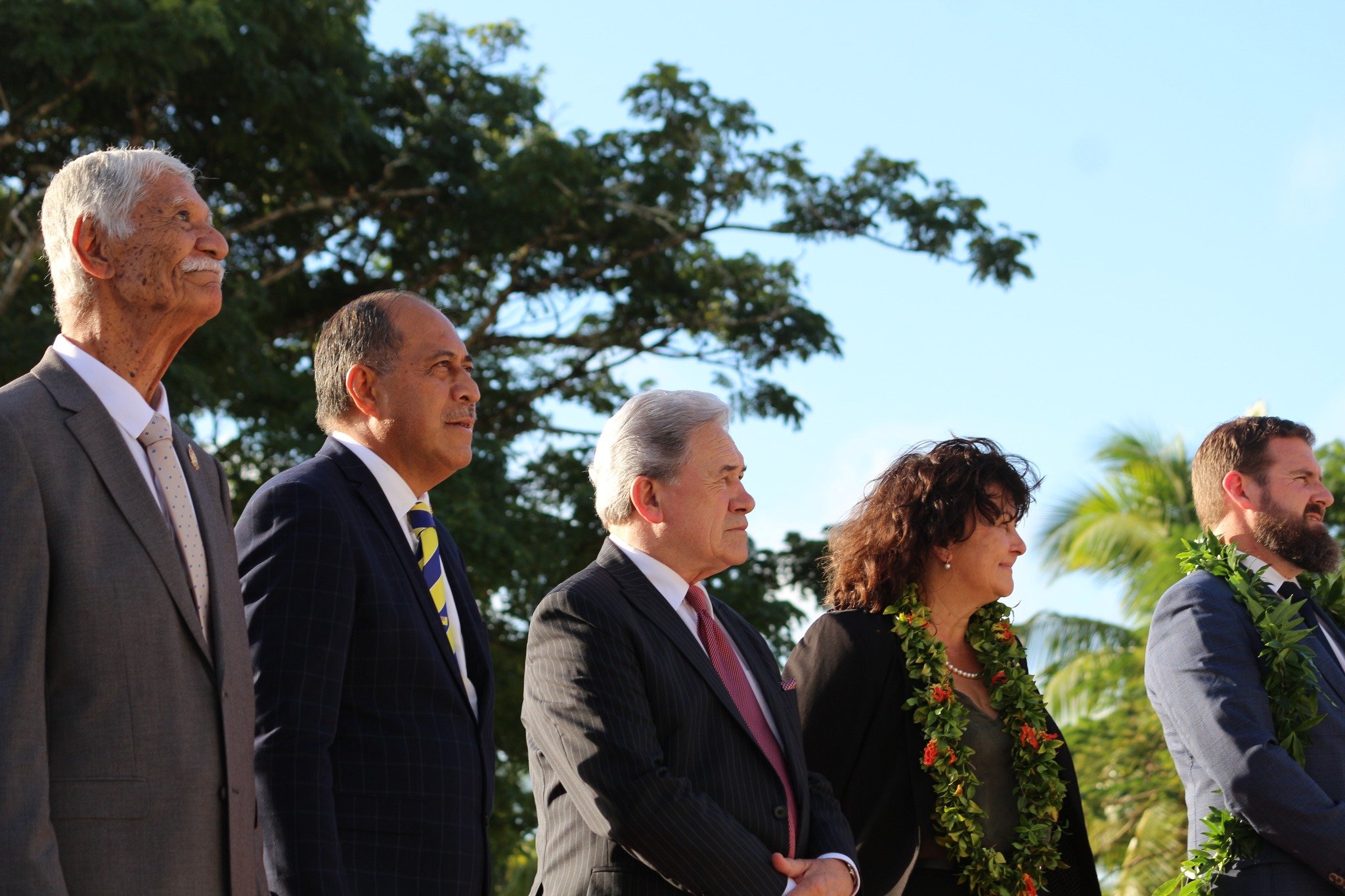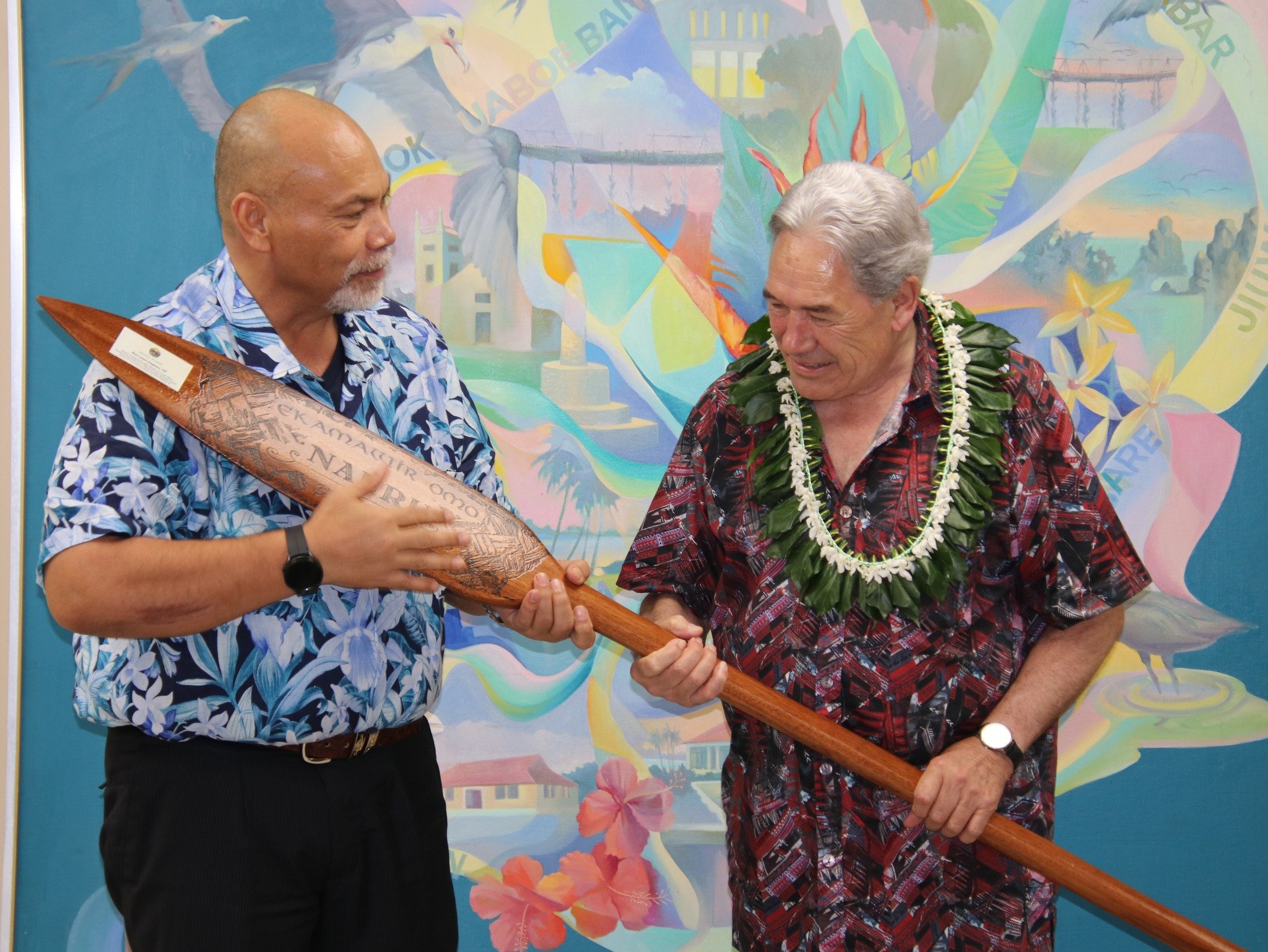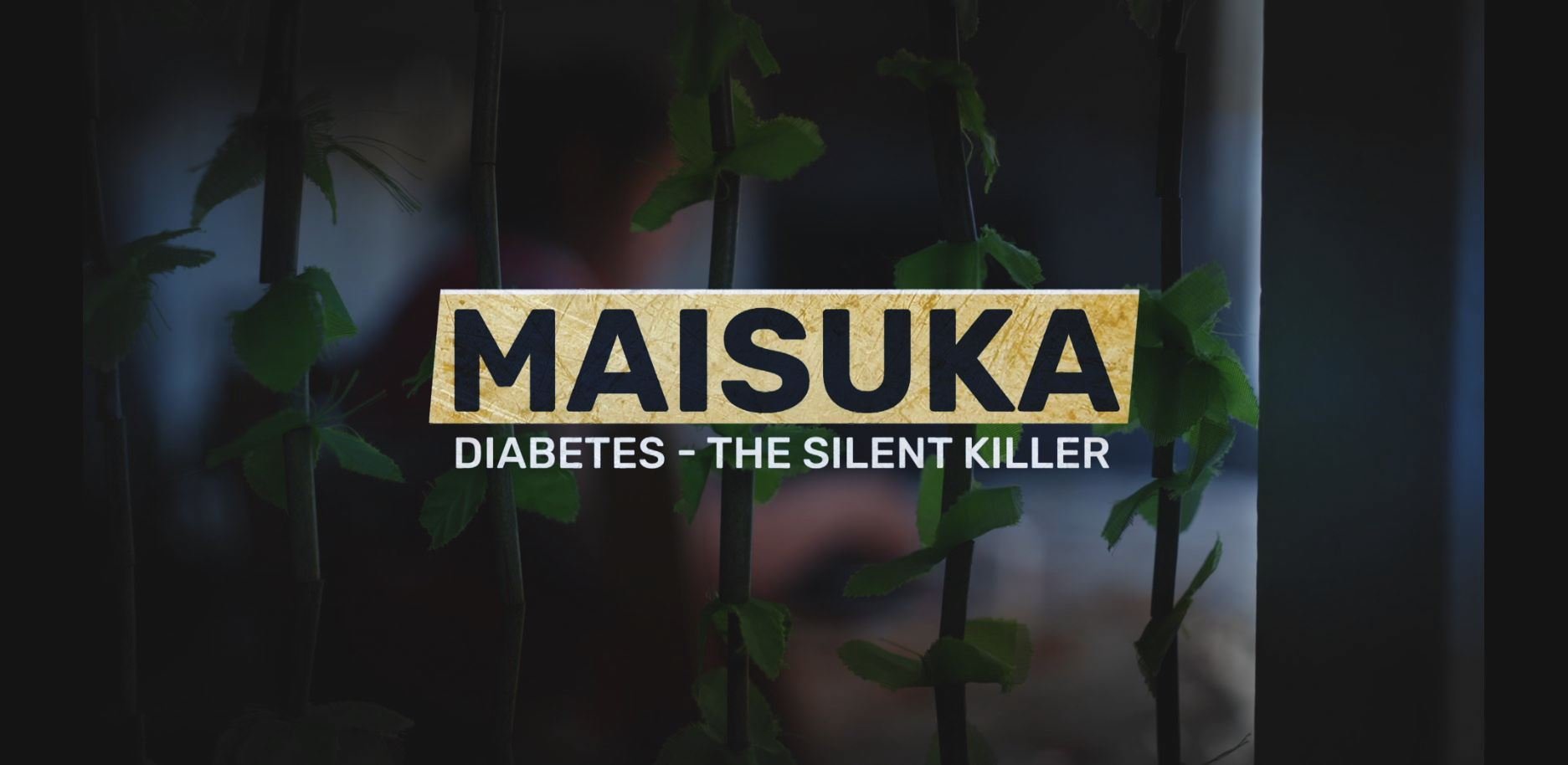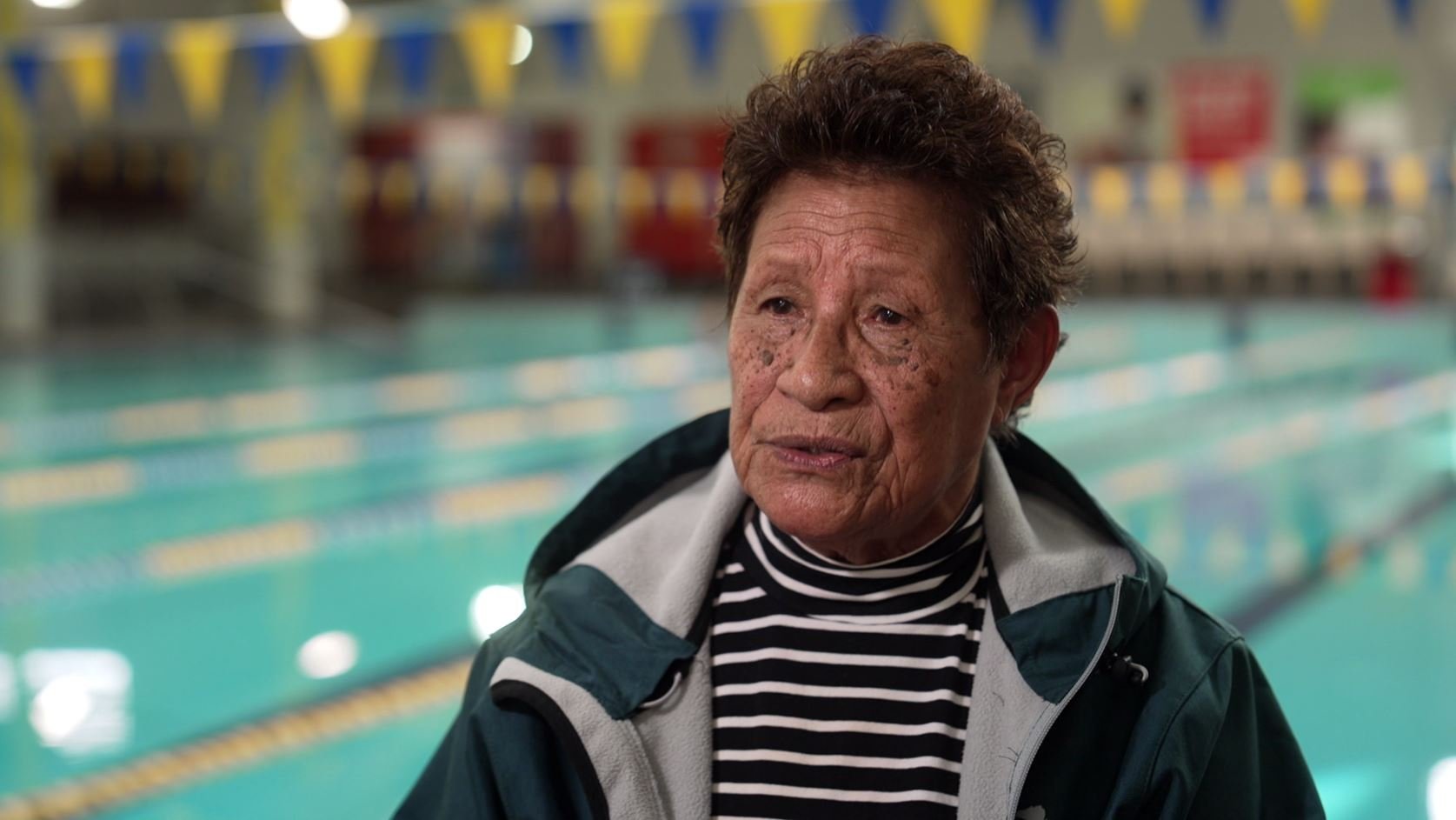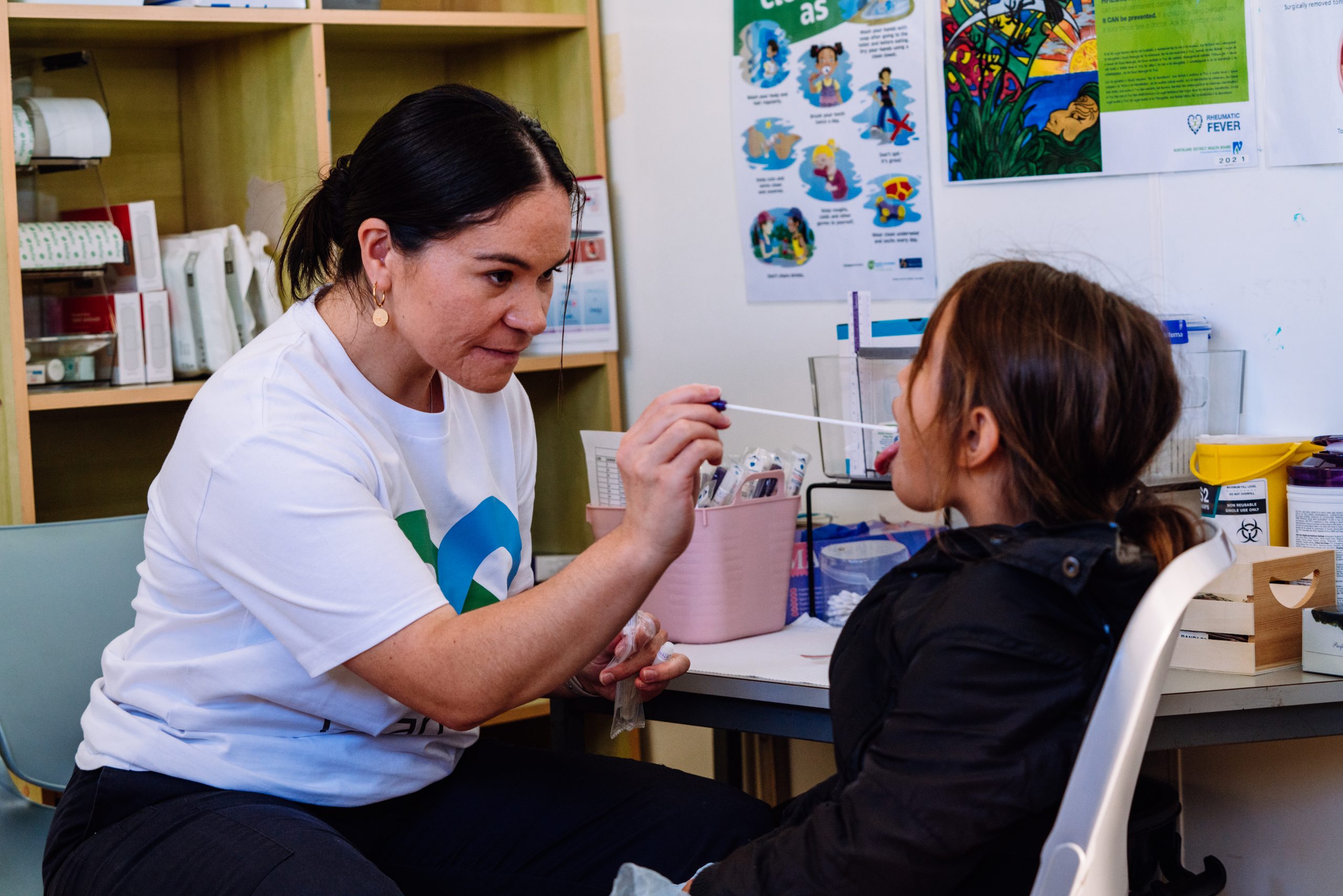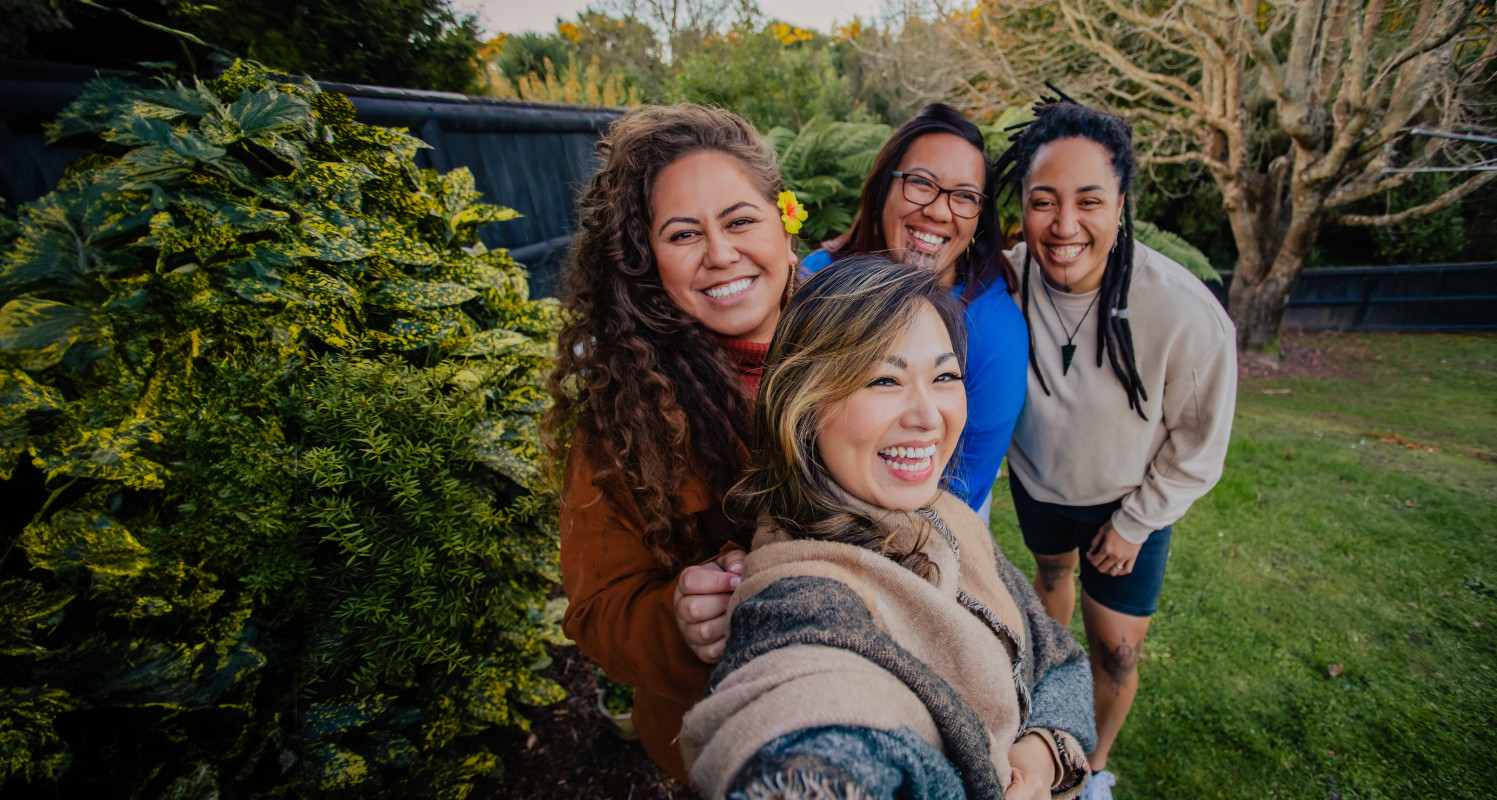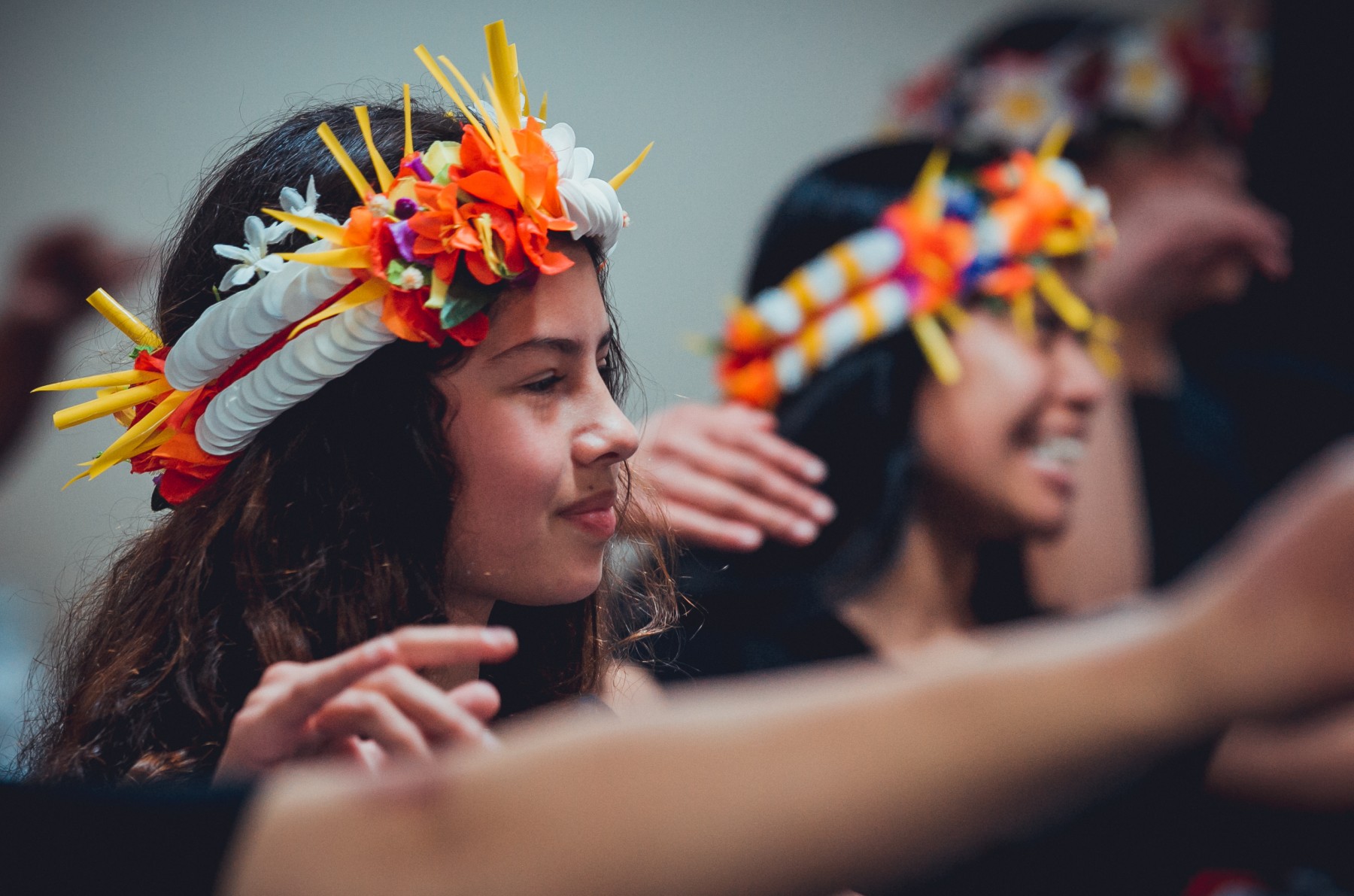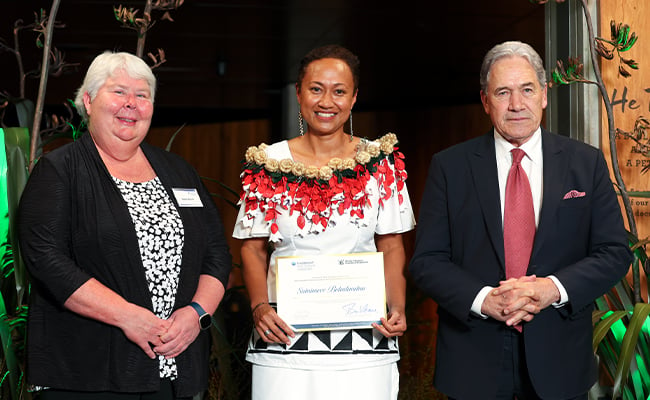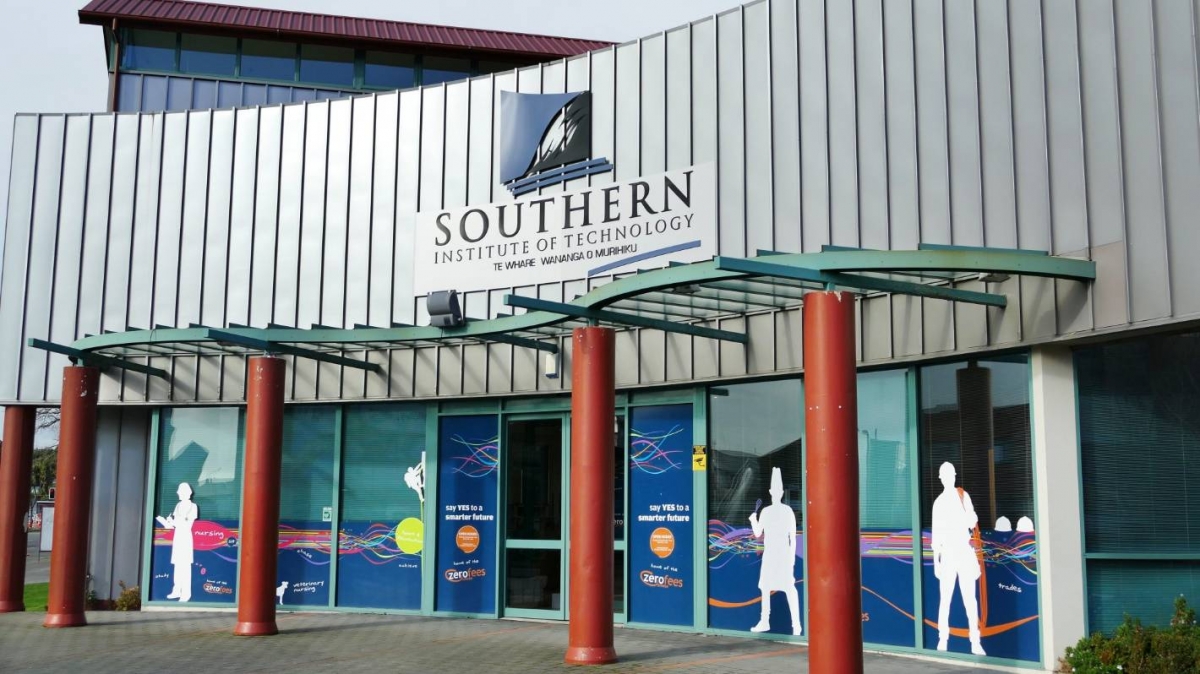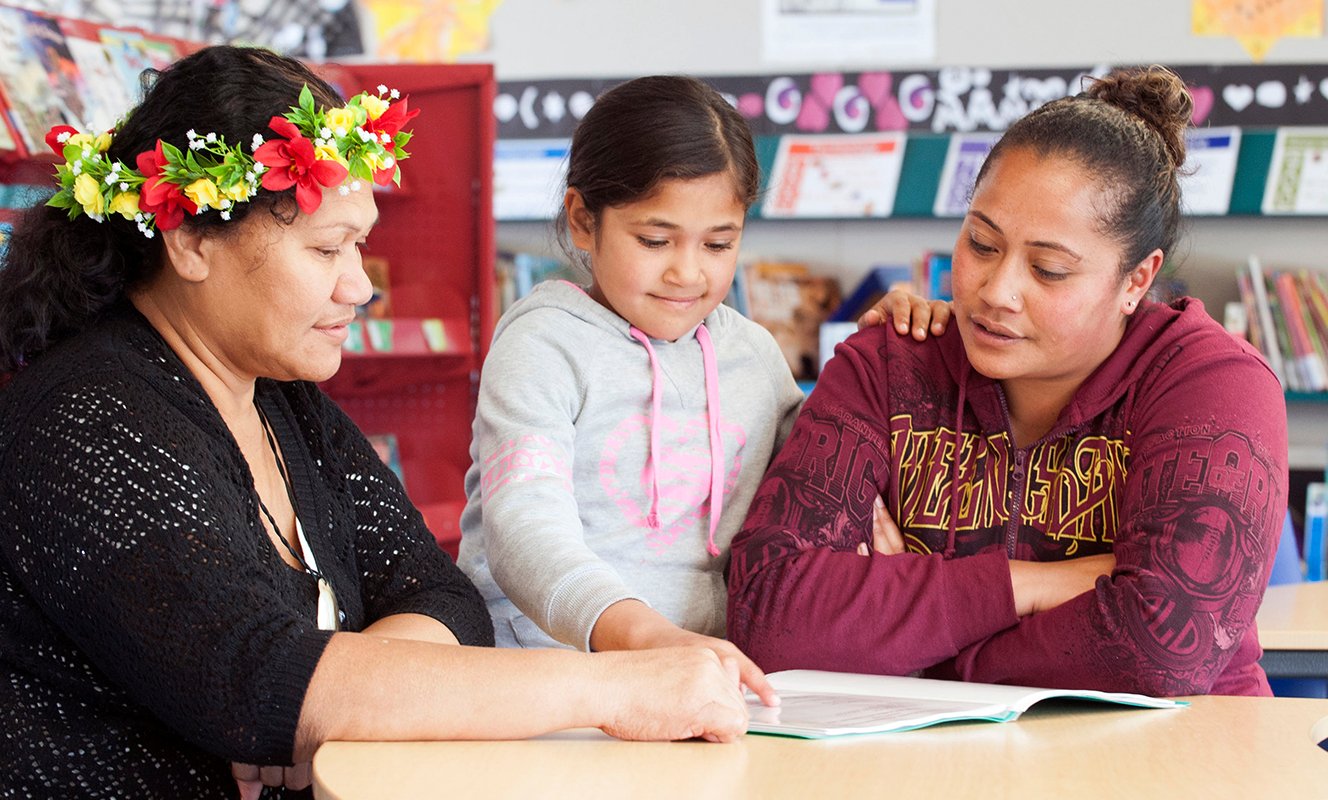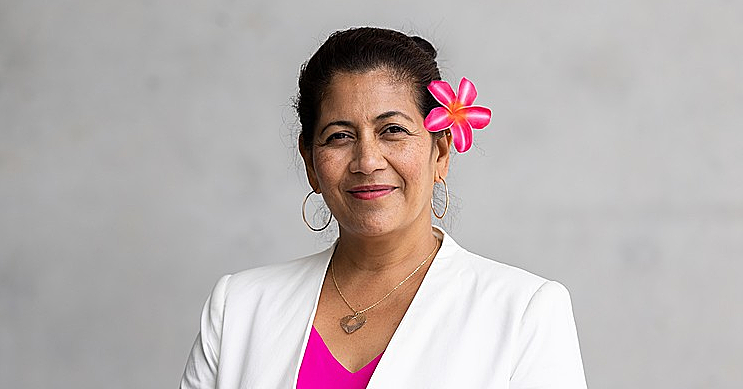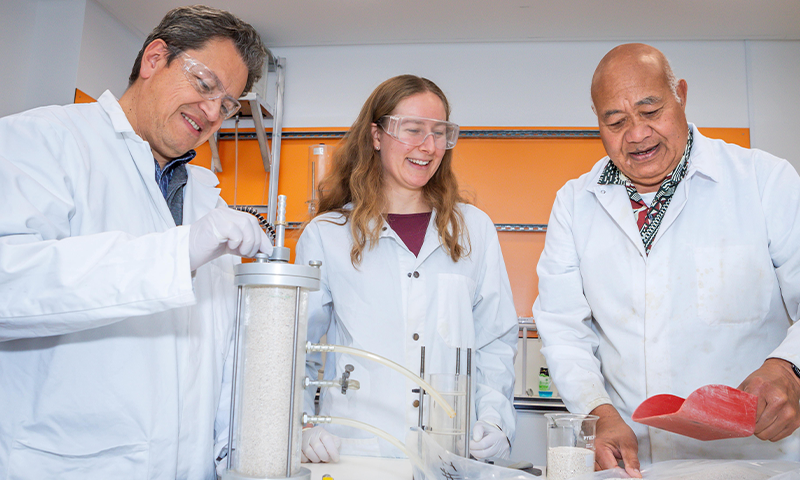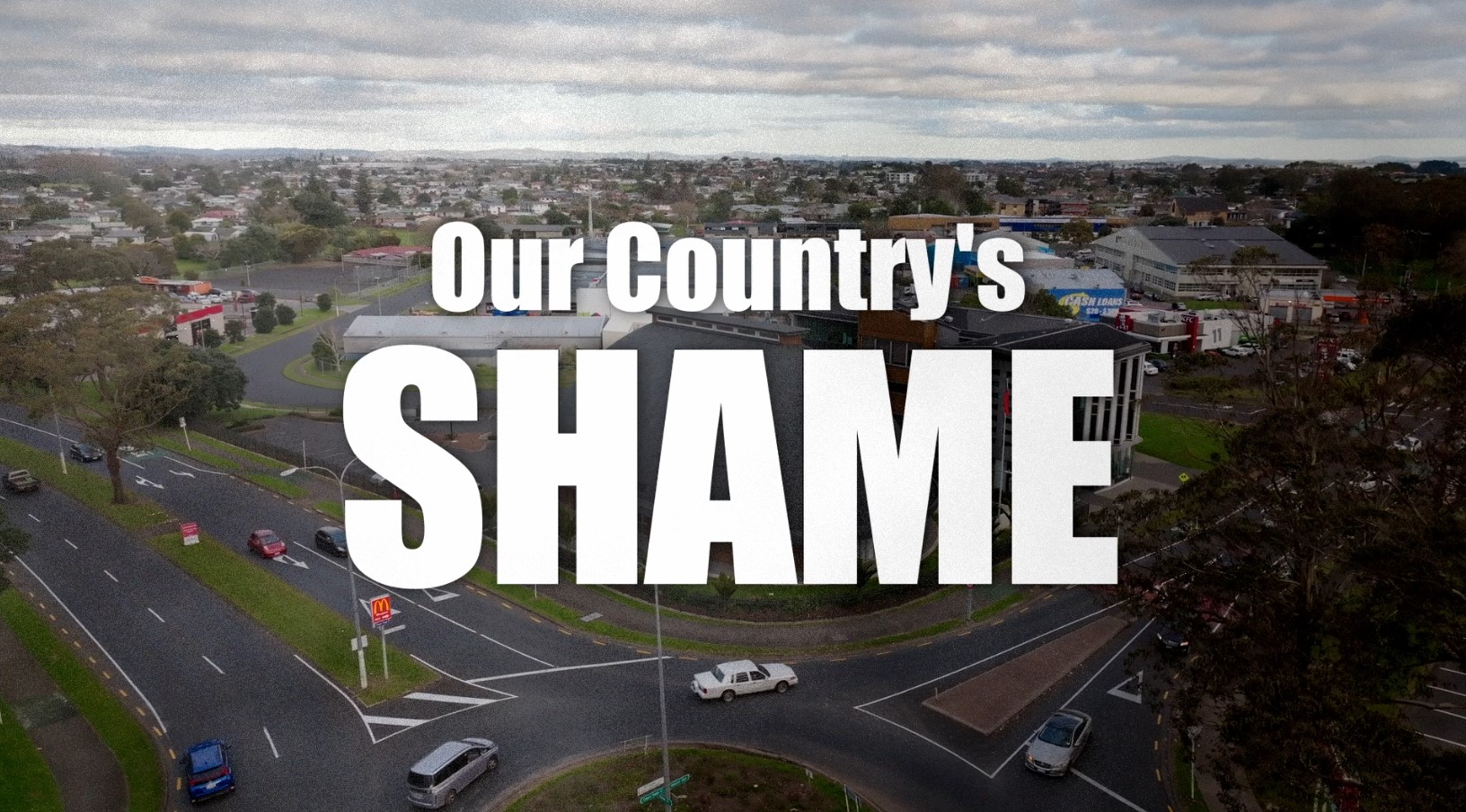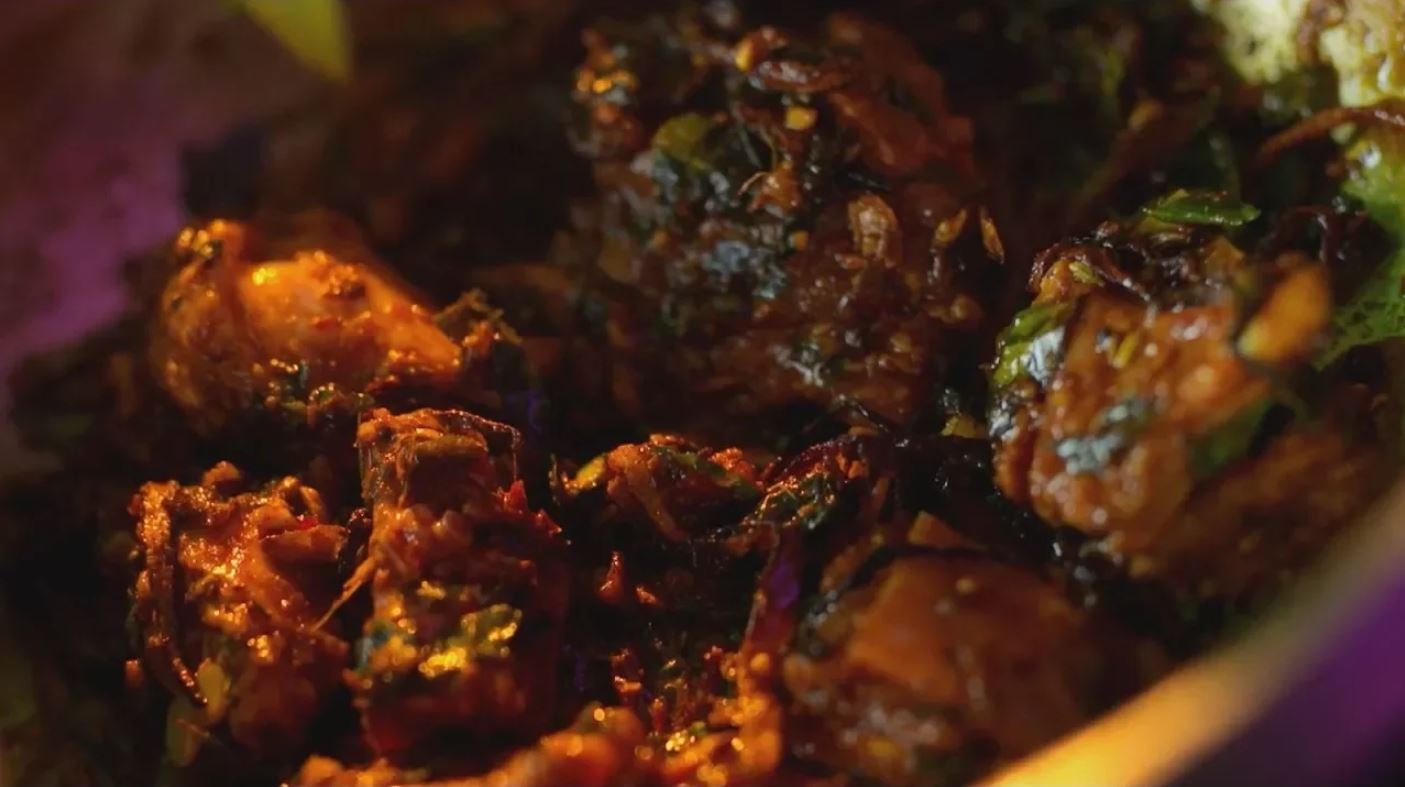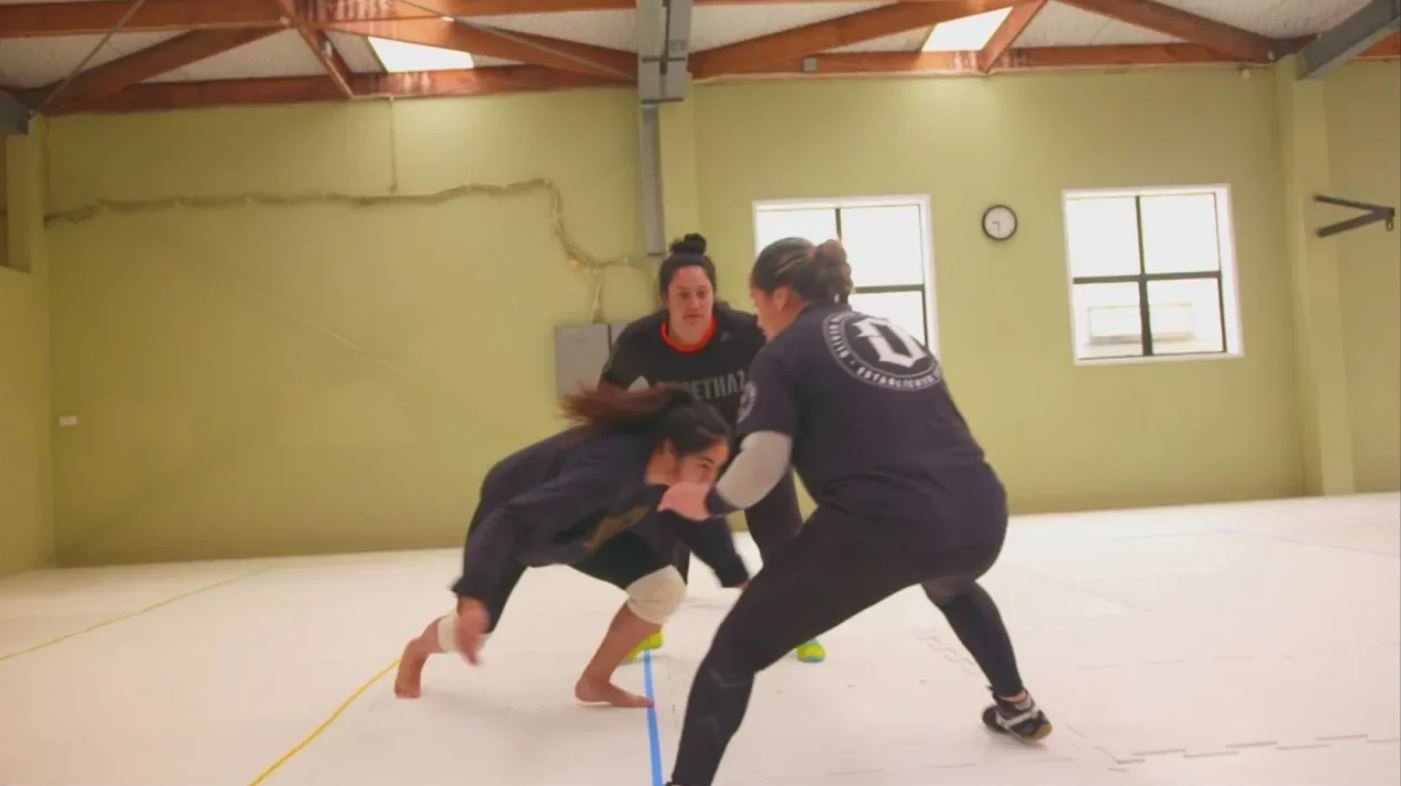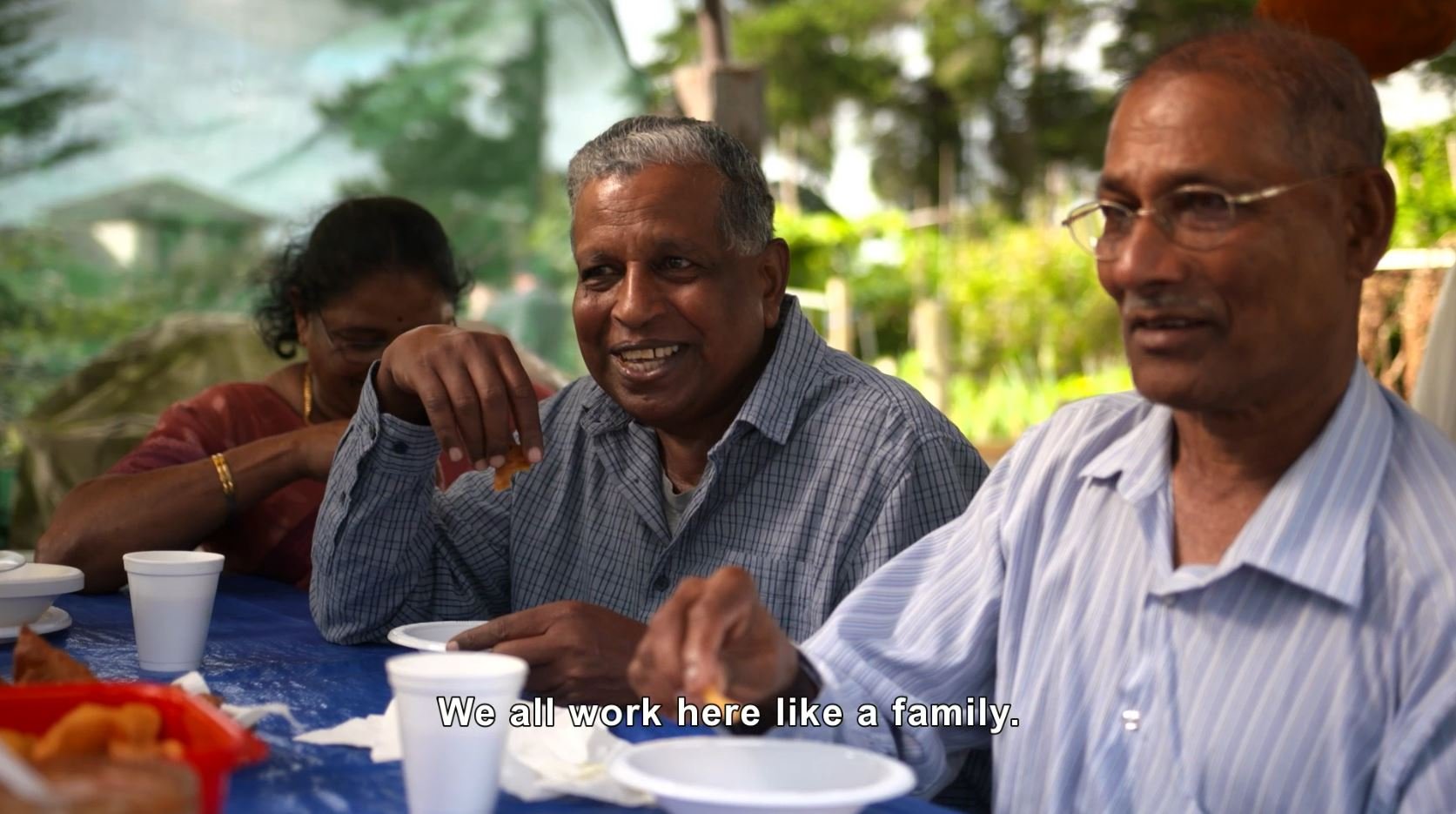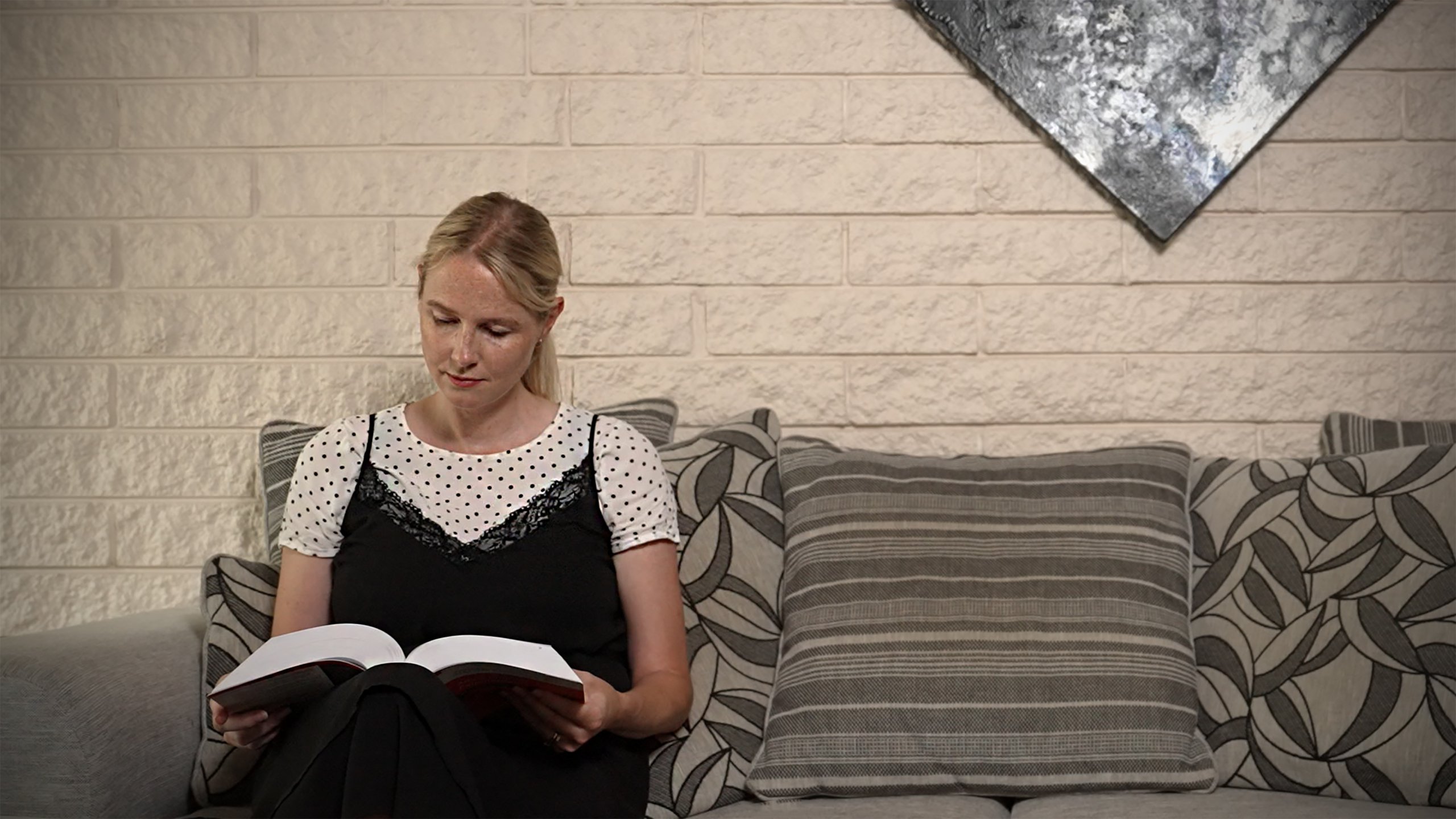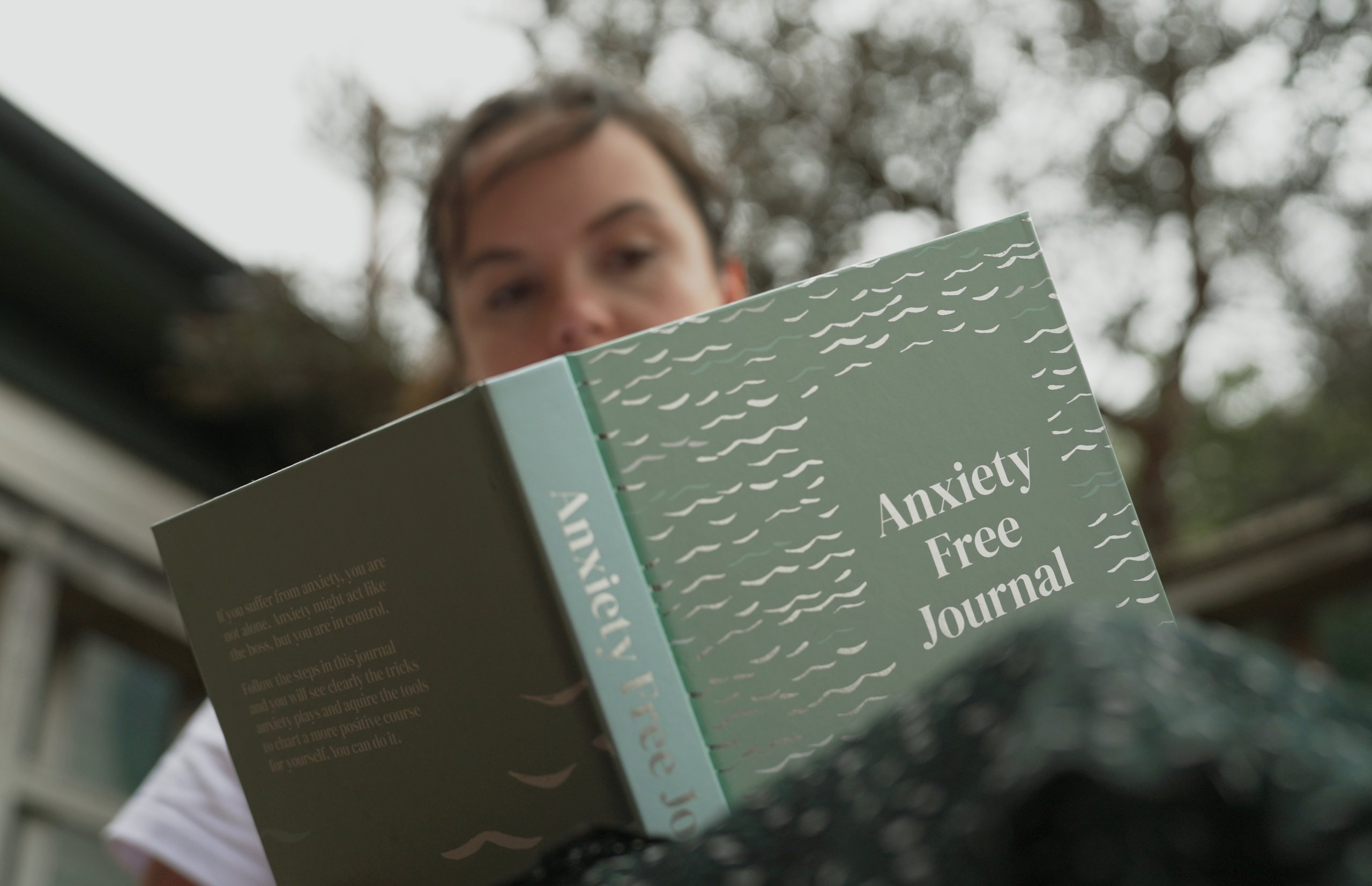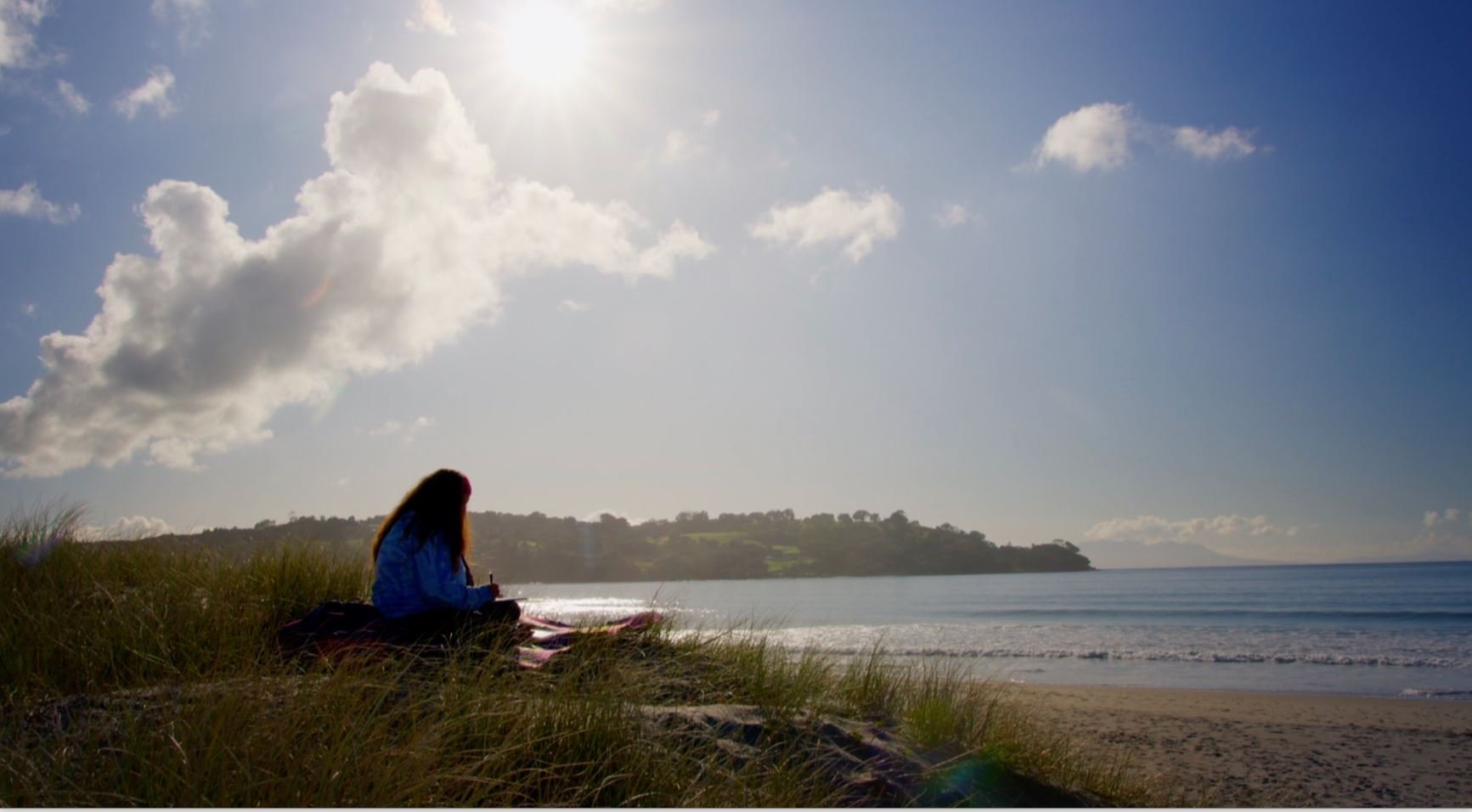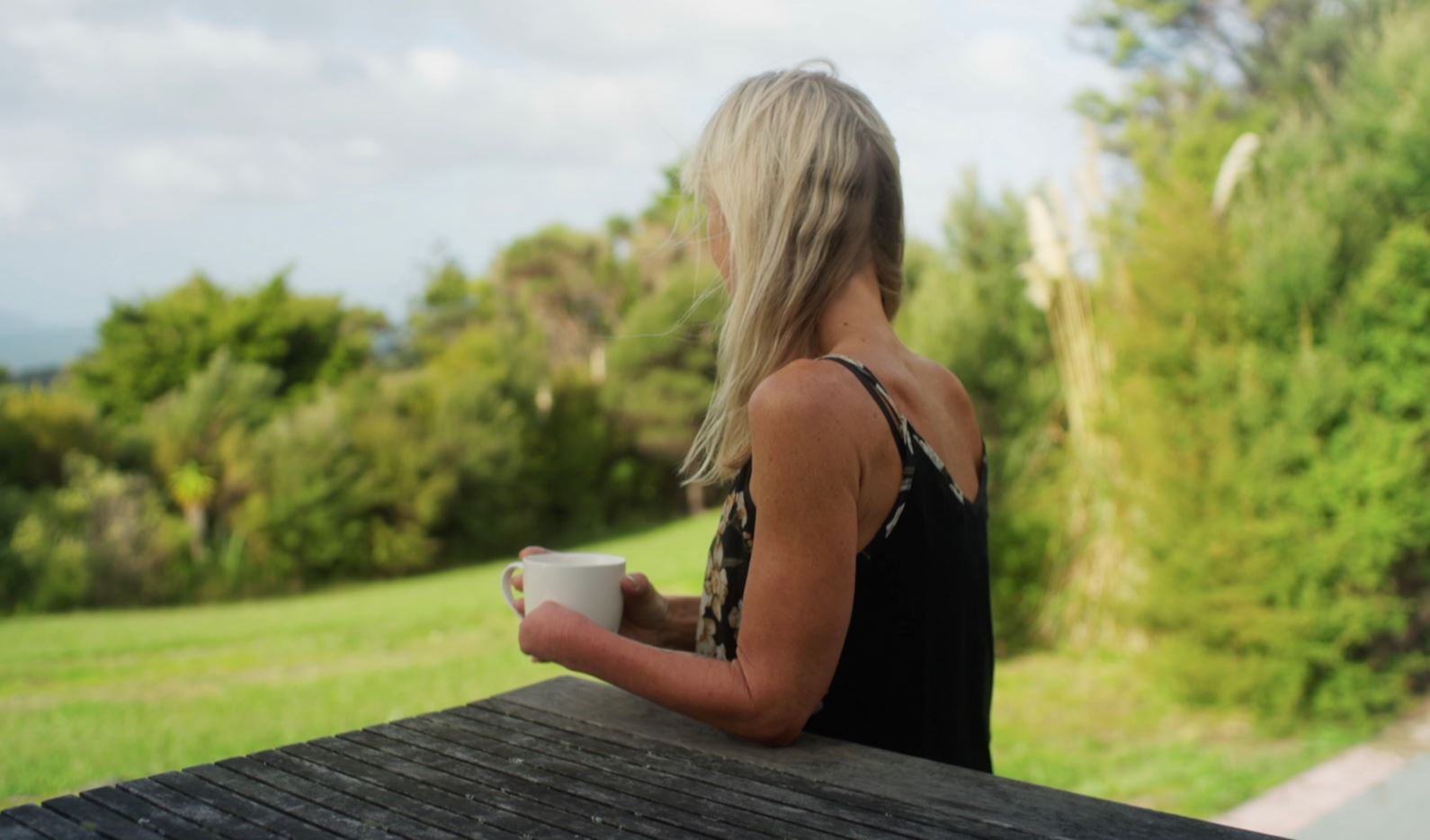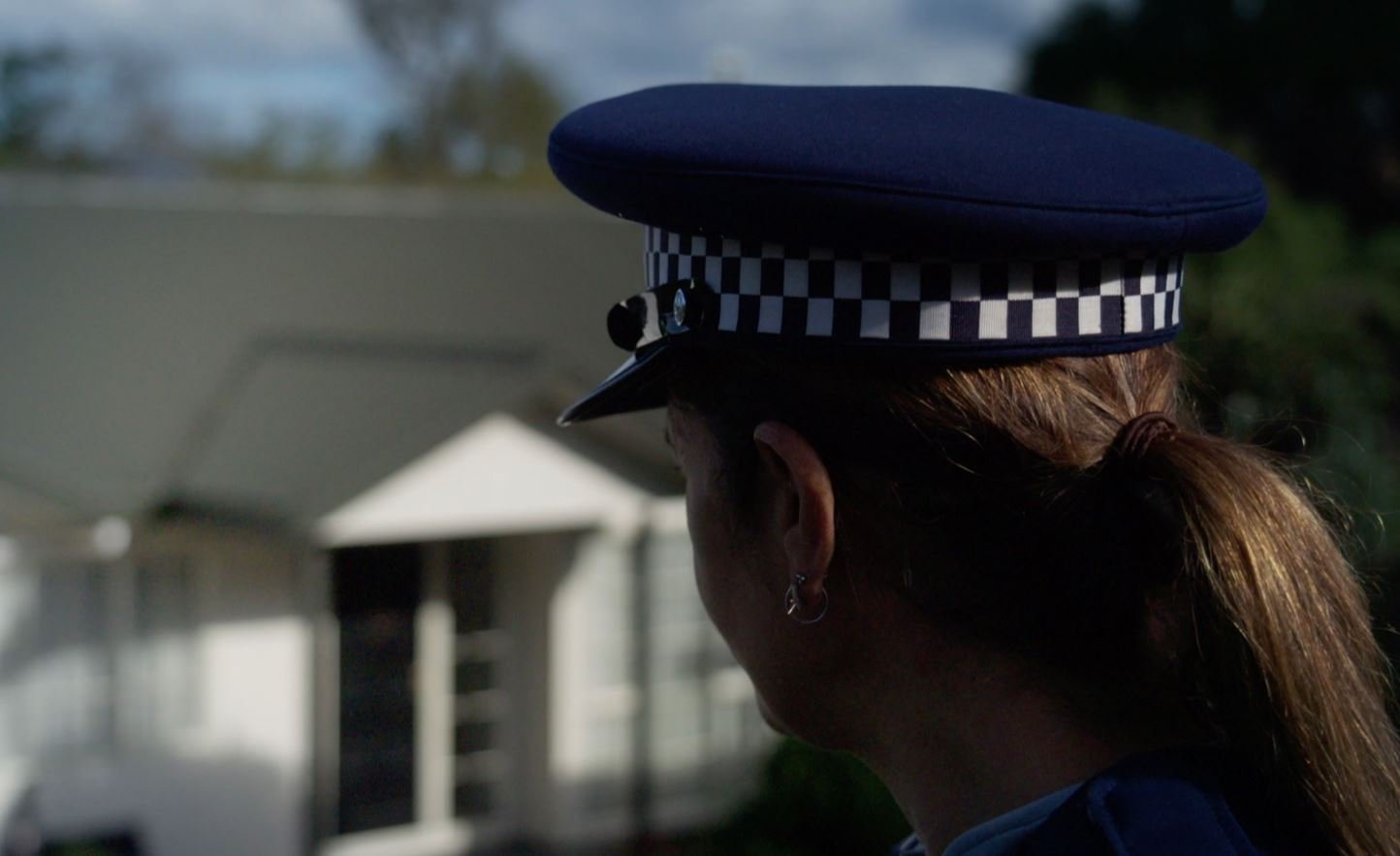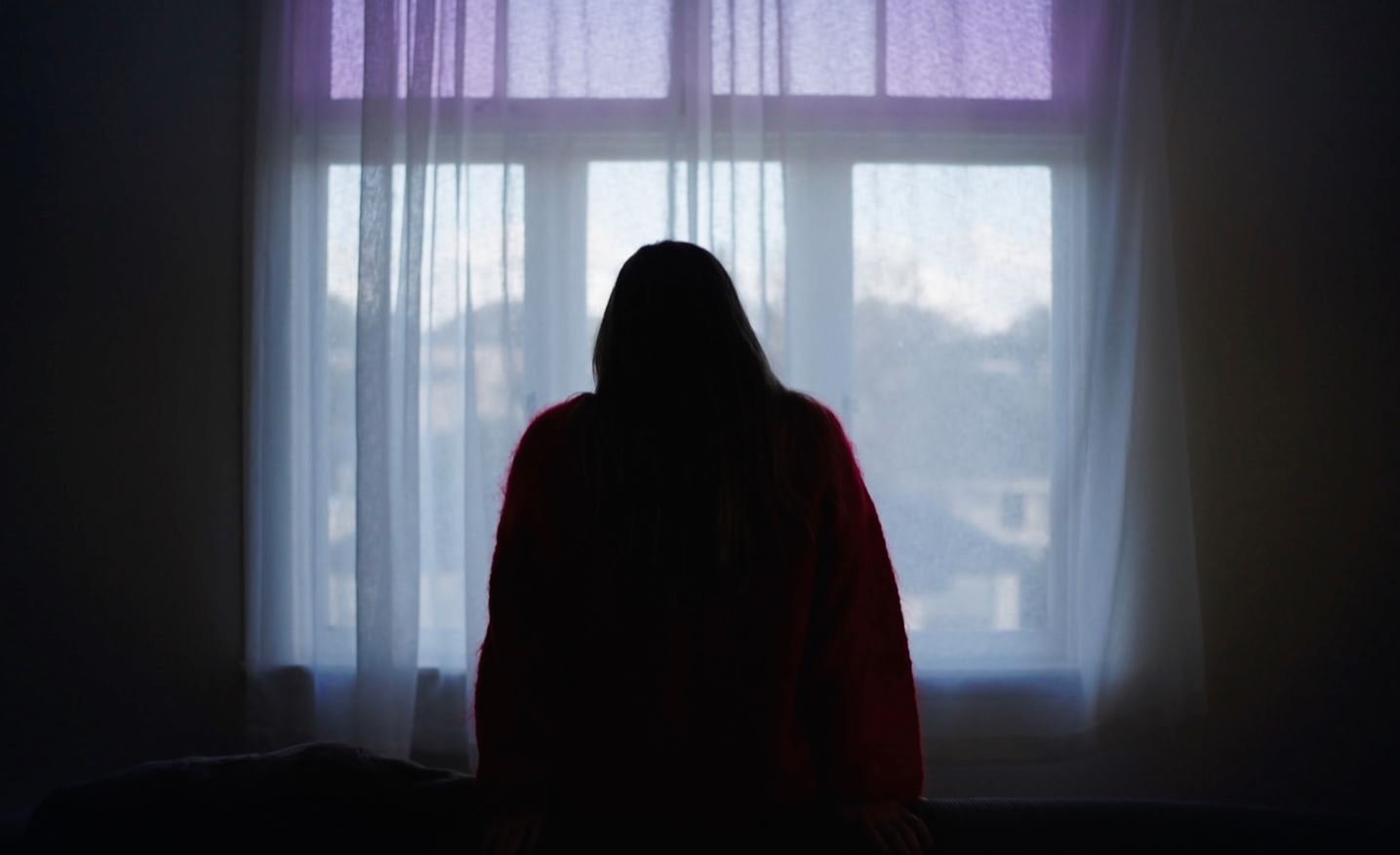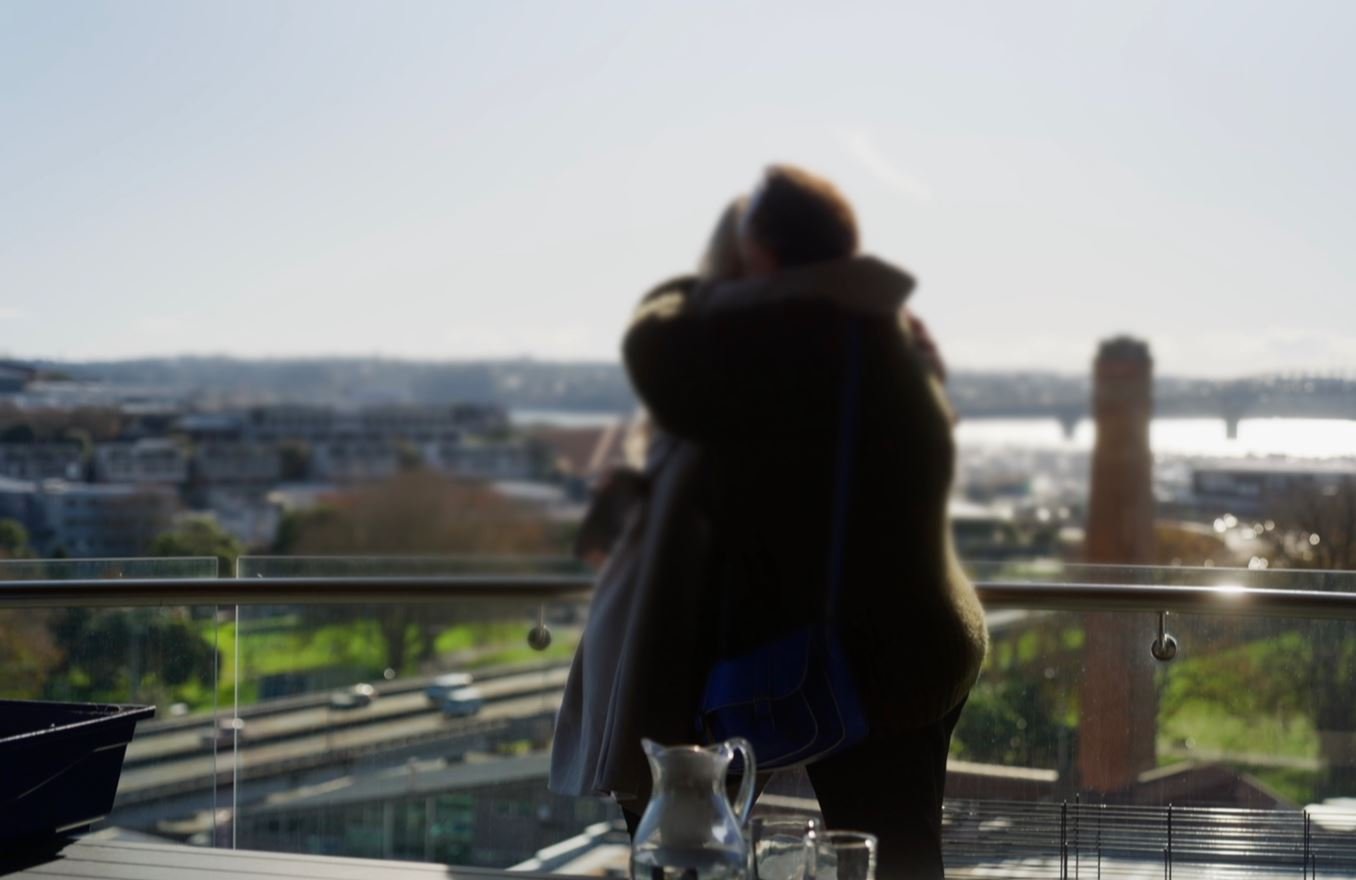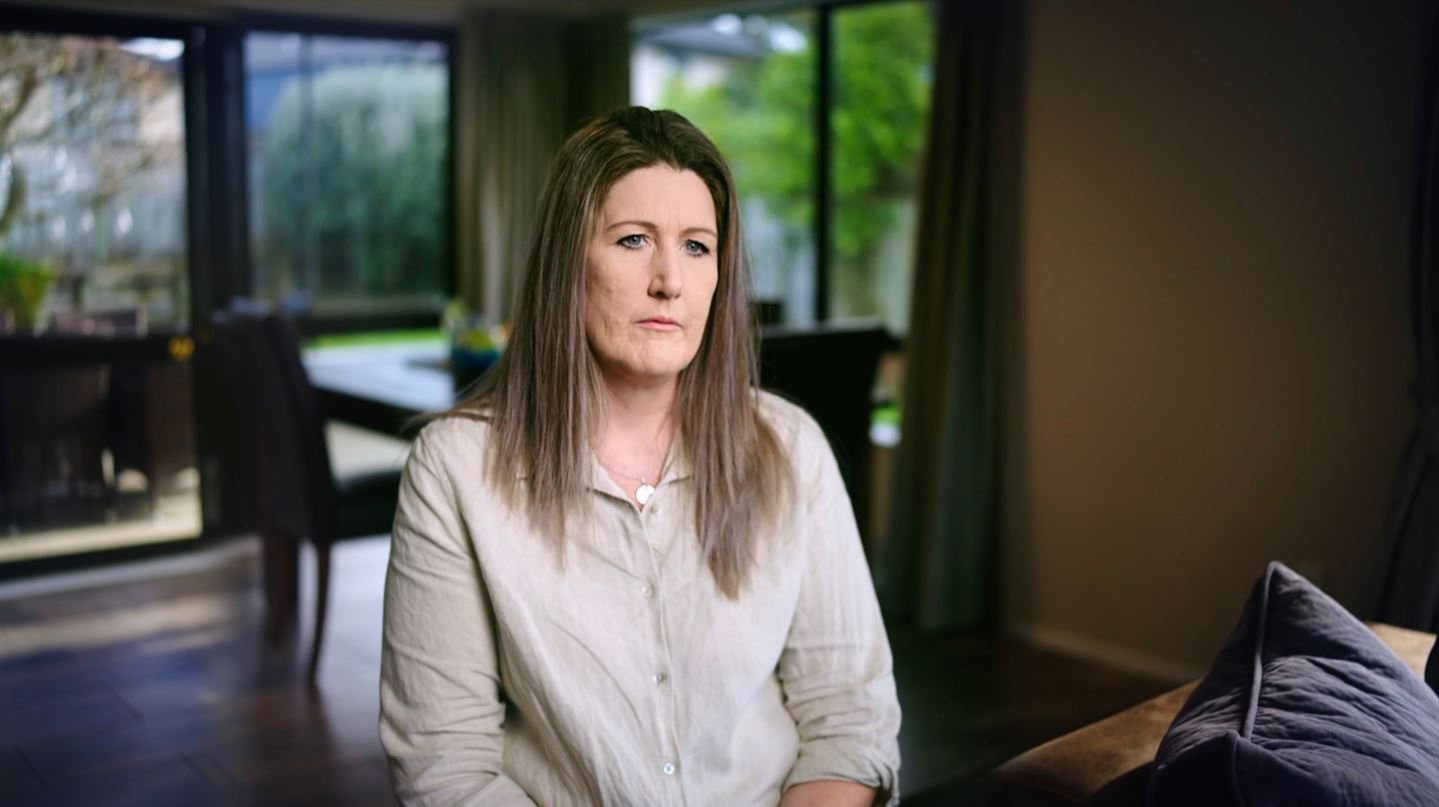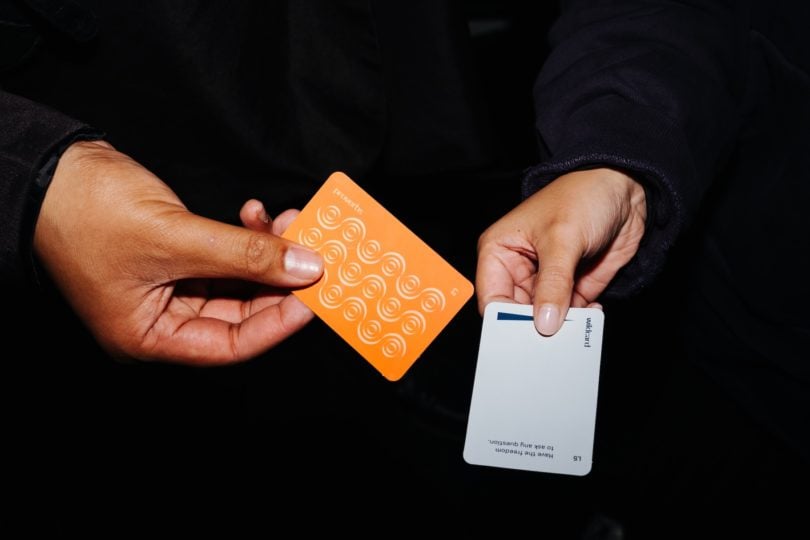Almost half of New Zealand’s active Covid-19 cases are in the Counties Manukau District Health Board, according to the clinical director of Middlemore Hospital’s emergency department Dr Vanessa Thornton.
It can also be reported that 63 per cent of all cases in Auckland in the seven days to February 15 were in the Counties Manukau DHB, according to the Ministry of Health.
A total of 2245 cases were reported during the same period, compared to 837 in the Auckland DHB and 486 in the Waitematā DHB.
The release of the data comes on the back of the country recording the highest number of daily cases since the beginning of the pandemic.
Counties Manukau Health’s Dr Gary Jackson said the higher numbers of cases in south Auckland are a result of demographics.
“Counties Manukau has found itself central to the various Covid-19 waves over the past two years and this is largely epidemiologically explainable because of our unique population mix – centred around a relatively young demographic, and the high average household size or number of people living within many homes,” Jackson said.
He said modelling suggests one in every 120 people in the area now has Omicron.
That compares to an estimated 1 in 240 people across the Auckland DHB region, and 1 in 600 in Waitematā.
“However, as Omicron continues its spread over the coming weeks our expectation is that many other places across New Zealand will begin to catch up to the rates we are currently experiencing here in Counties Manukau,” Jackson said.
Jackson added vaccination rates in the area are only slightly behind the other Auckland DHBs and it is unlikely to be the main driver behind the high case numbers.
“The most important public health measures for our region remain consistent, and they are to ensure our communities are vaccinated and boosted, to continue to wear masks in crowded places, be aware of social distancing where possible, and ultimately for people to isolate if they are symptomatic or a close contact.”
Auckland University associate professor of public health Dr Collin Tukuitonga said the Ministry of Health’s latest statistics are in-keeping with last year’s surge in Delta variant cases.
He said in areas like Counties Manukau people are more likely to live in overcrowded and multi-generational households where the threat of transmission is greater.
Tukuitonga said the number of people in south Auckland who have received a booster is lagging behind other parts of the city and increasing the uptake is one way to reduce the spread of Omicron.
“Late last year a number of Māori and Pasifika providers set up drive through events and mobile services to raise immunisation rates and they made a real difference,” he said.
“So if we can do the same for boosters that would help. But there’s got to be some urgency because Omicron is here and spreading and it takes a couple of weeks for people to increase their immunity after receiving a booster.
“So the sooner people can get immunised the better.”
The Ministry of Health did not respond to questions.


